site search
online catalog
UNIFORM, LADDER BADGE AND MORE IDENTIFIED TO 3RD NEW HAMPSHIRE OFFICER BREVETED FOR BRAVERY IN BATTLE
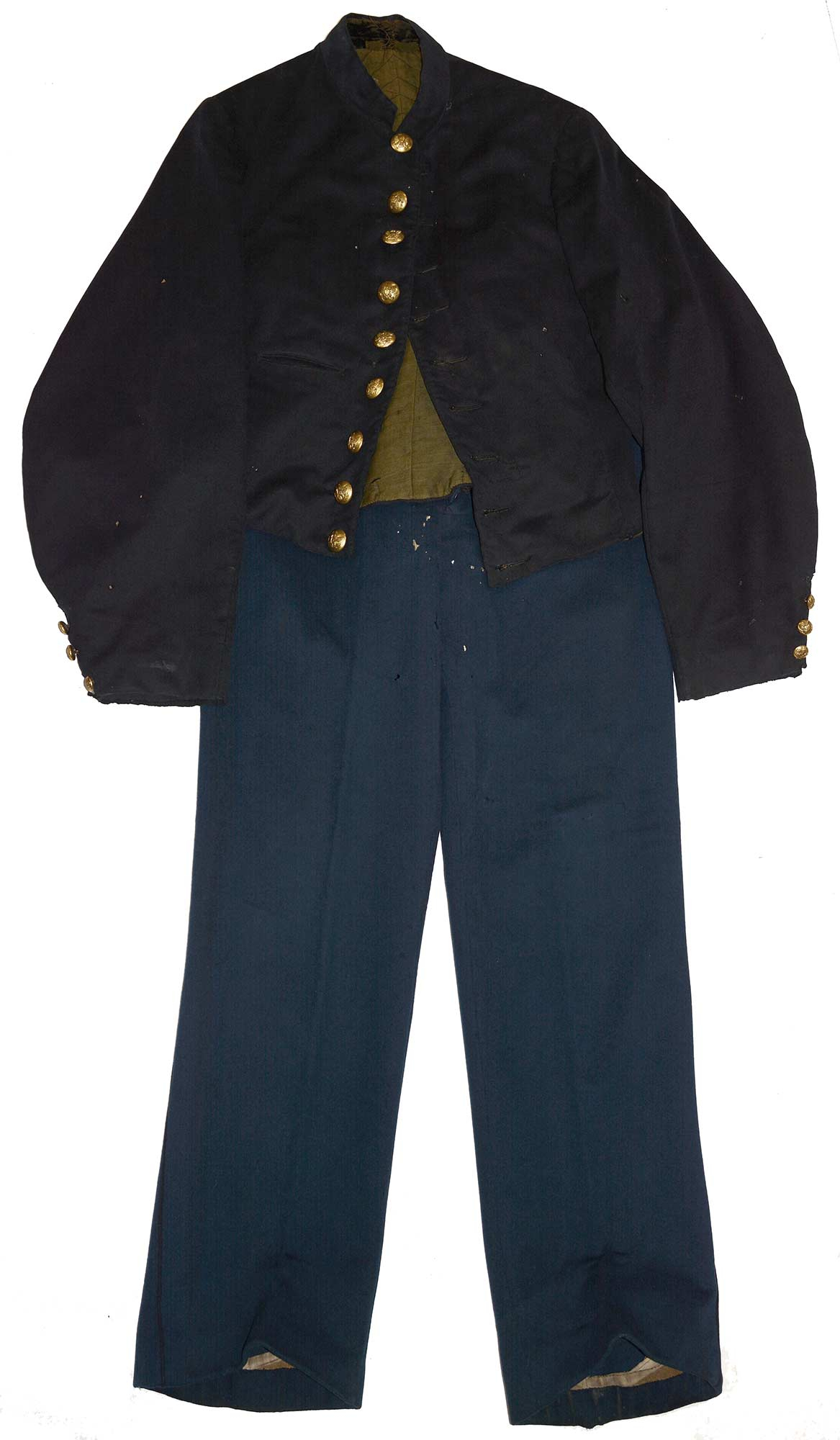
Hover to zoom

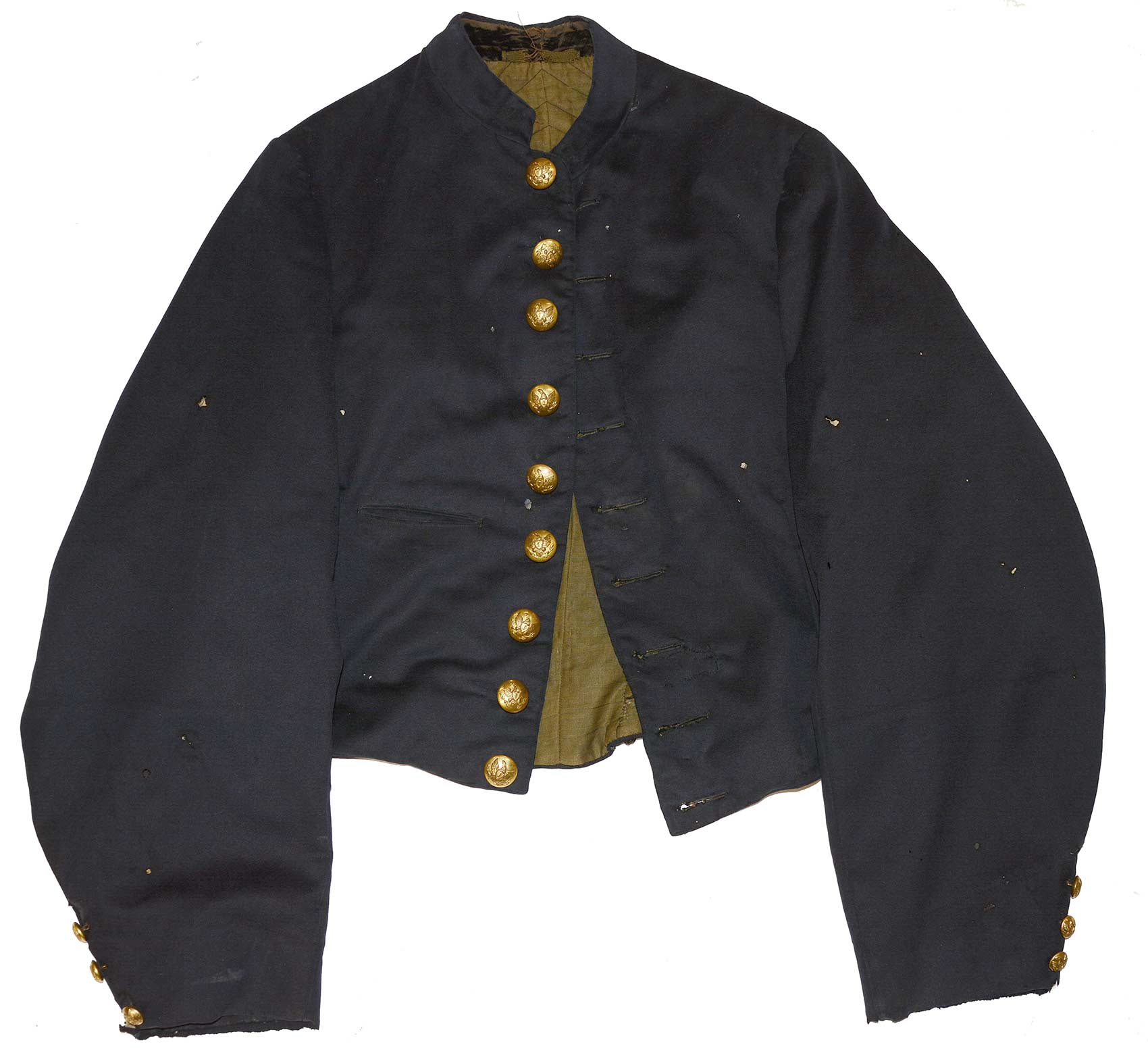
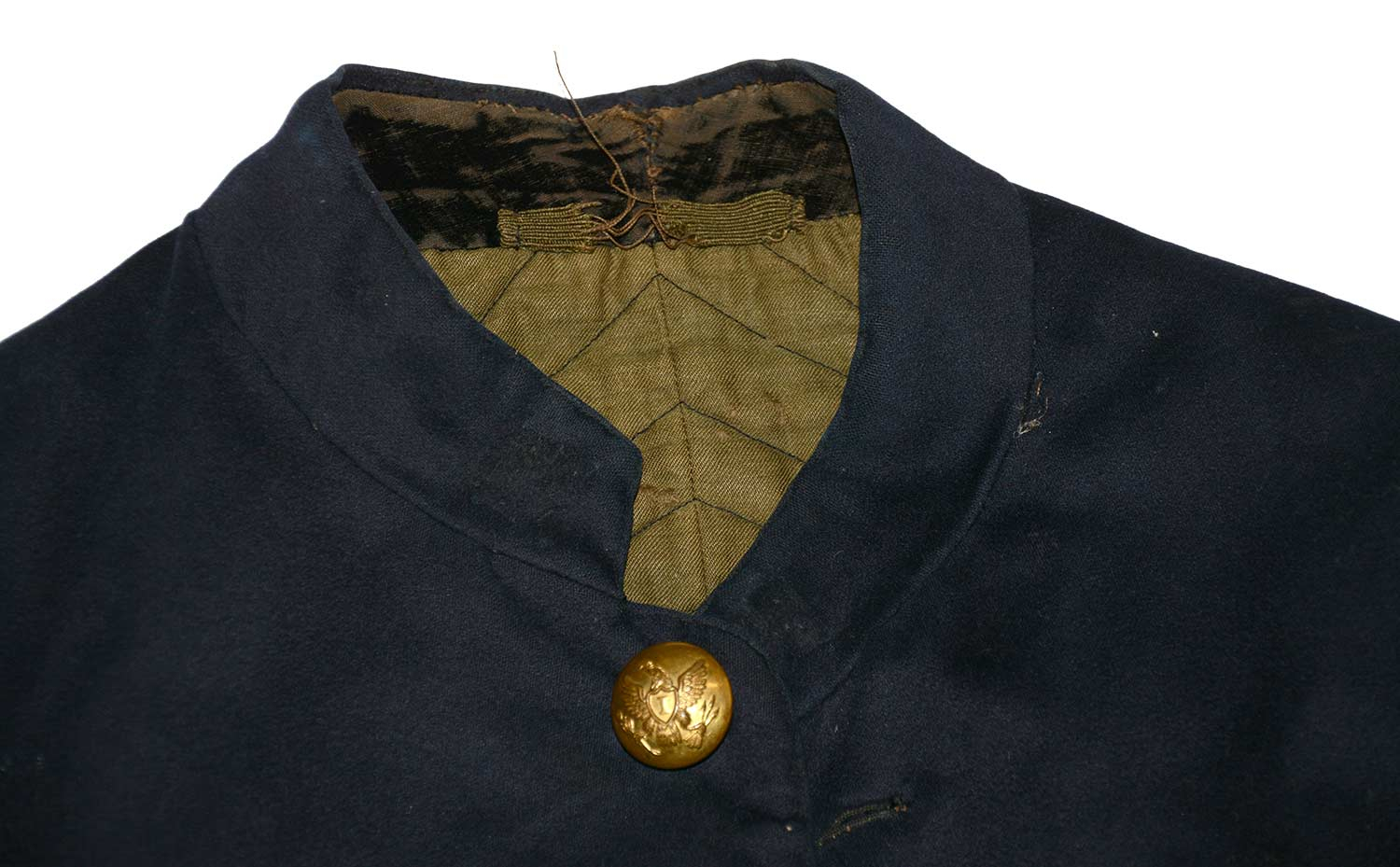
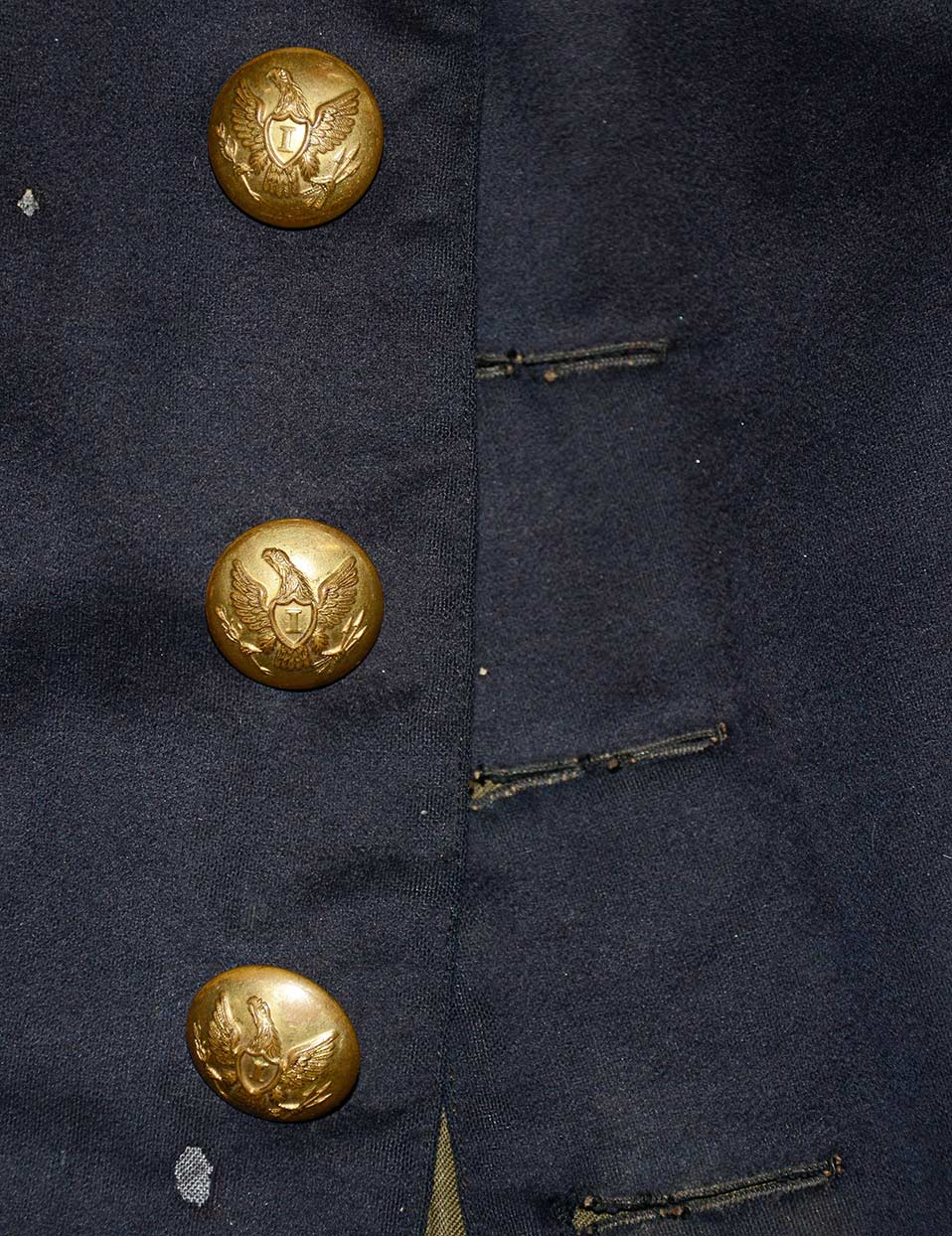
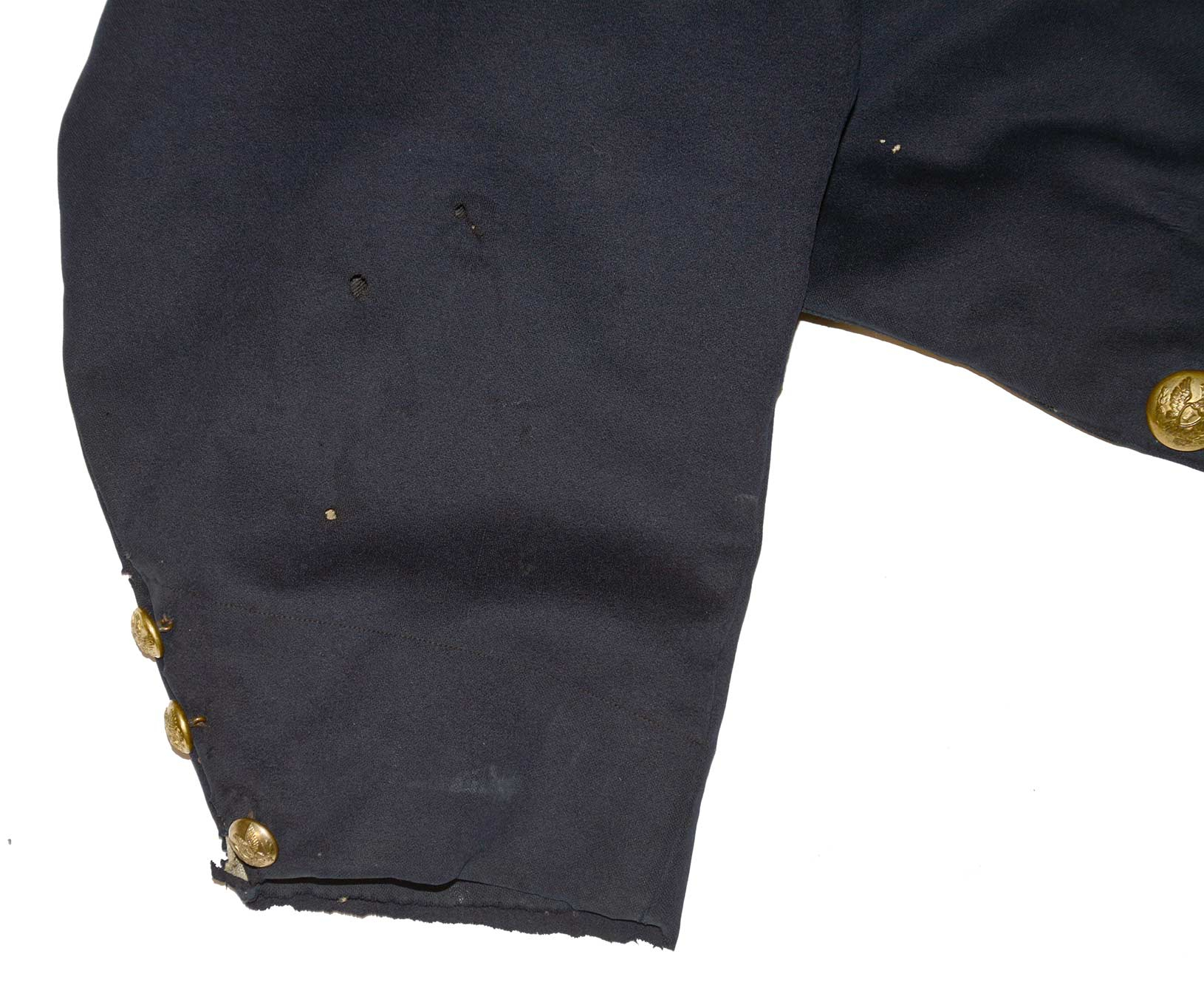
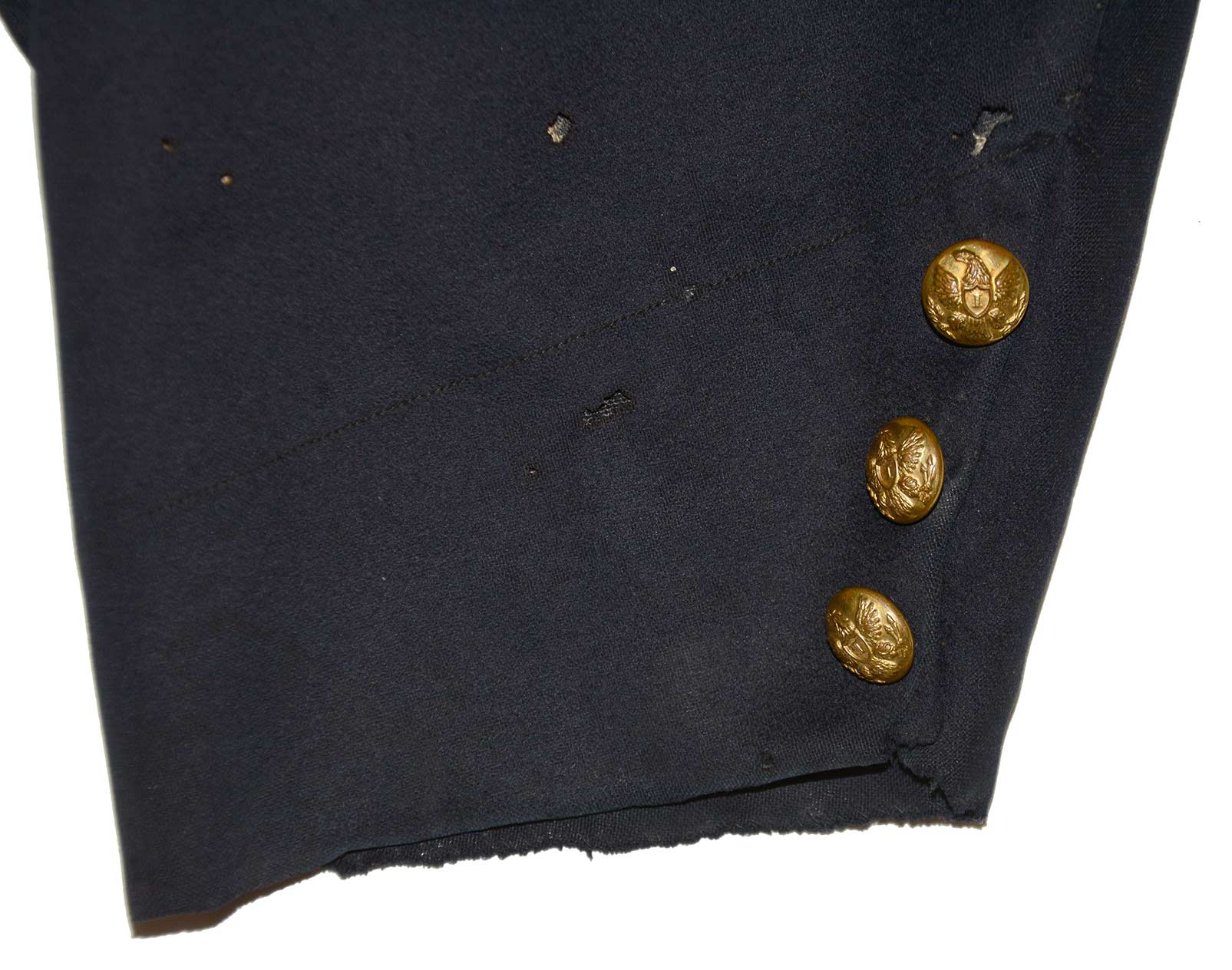
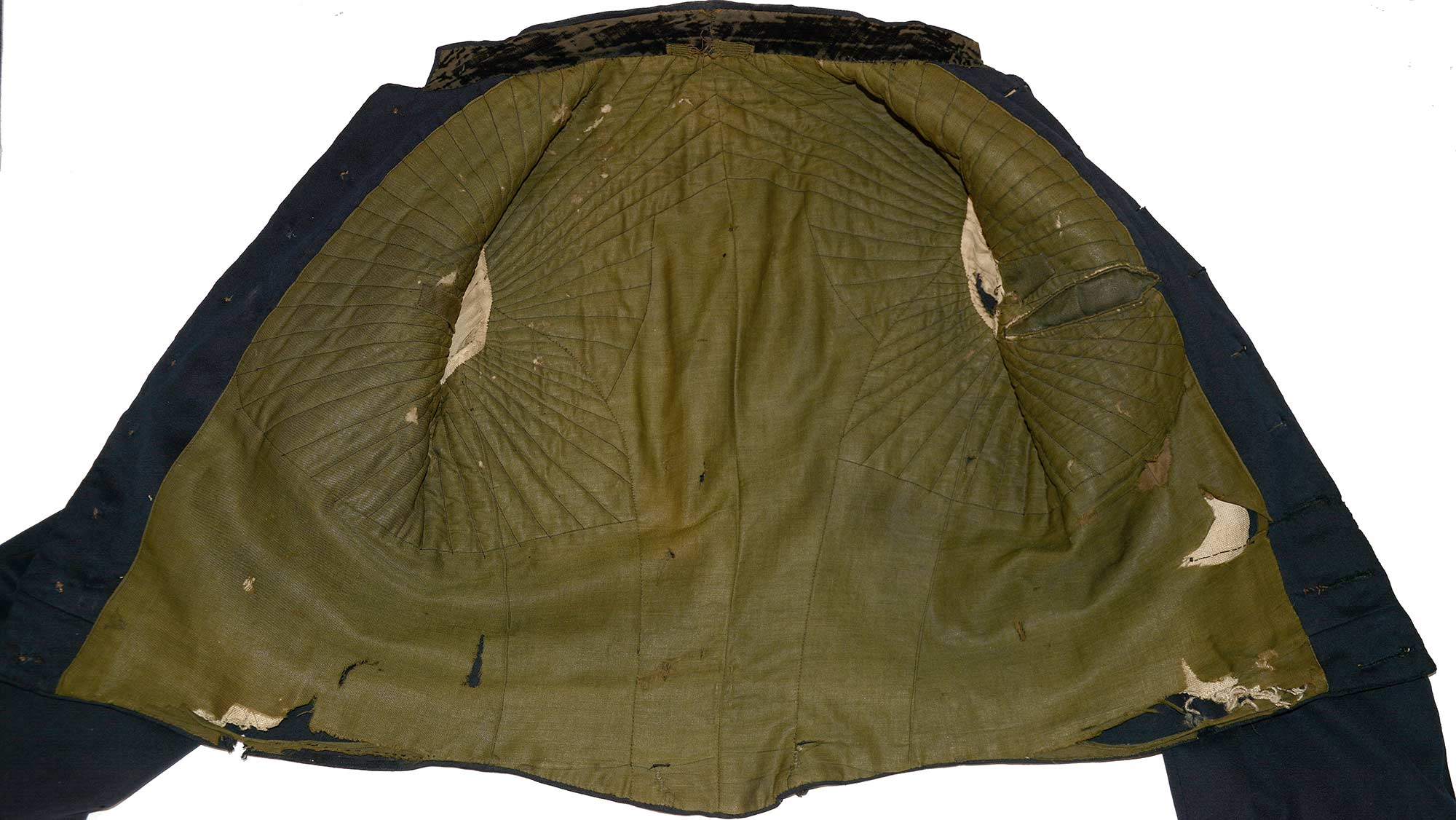
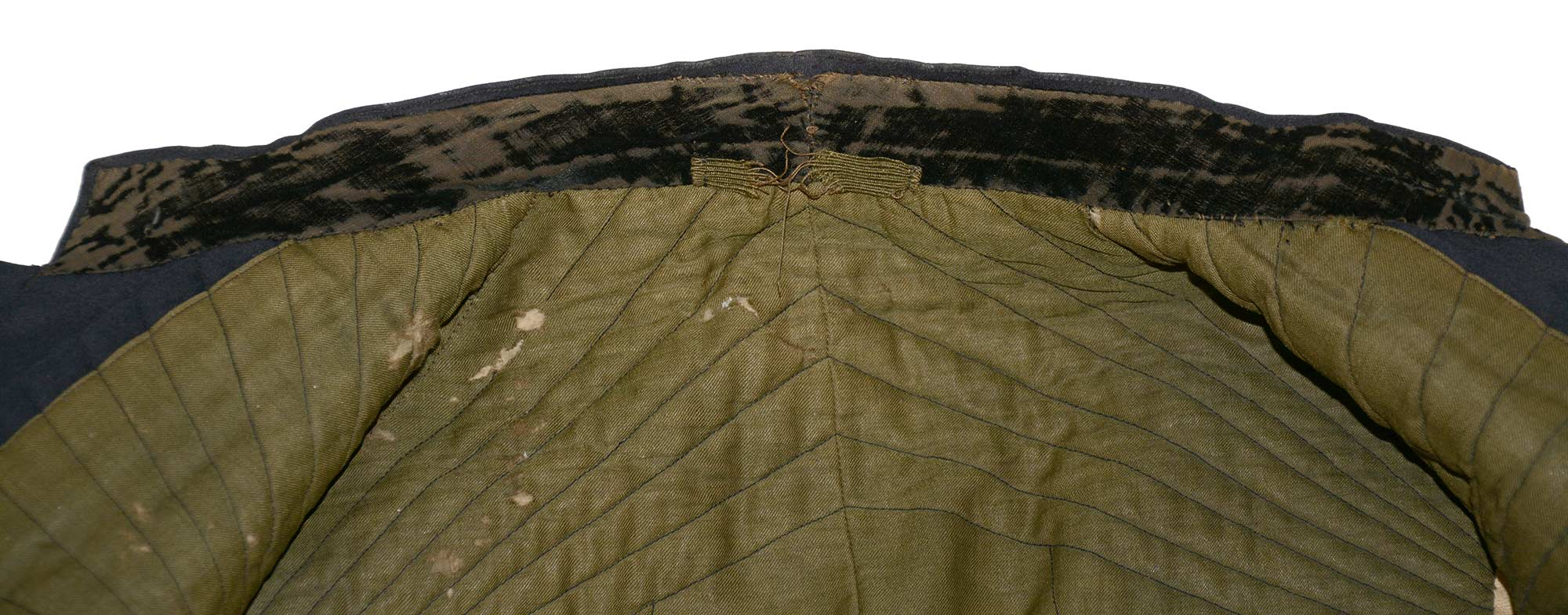
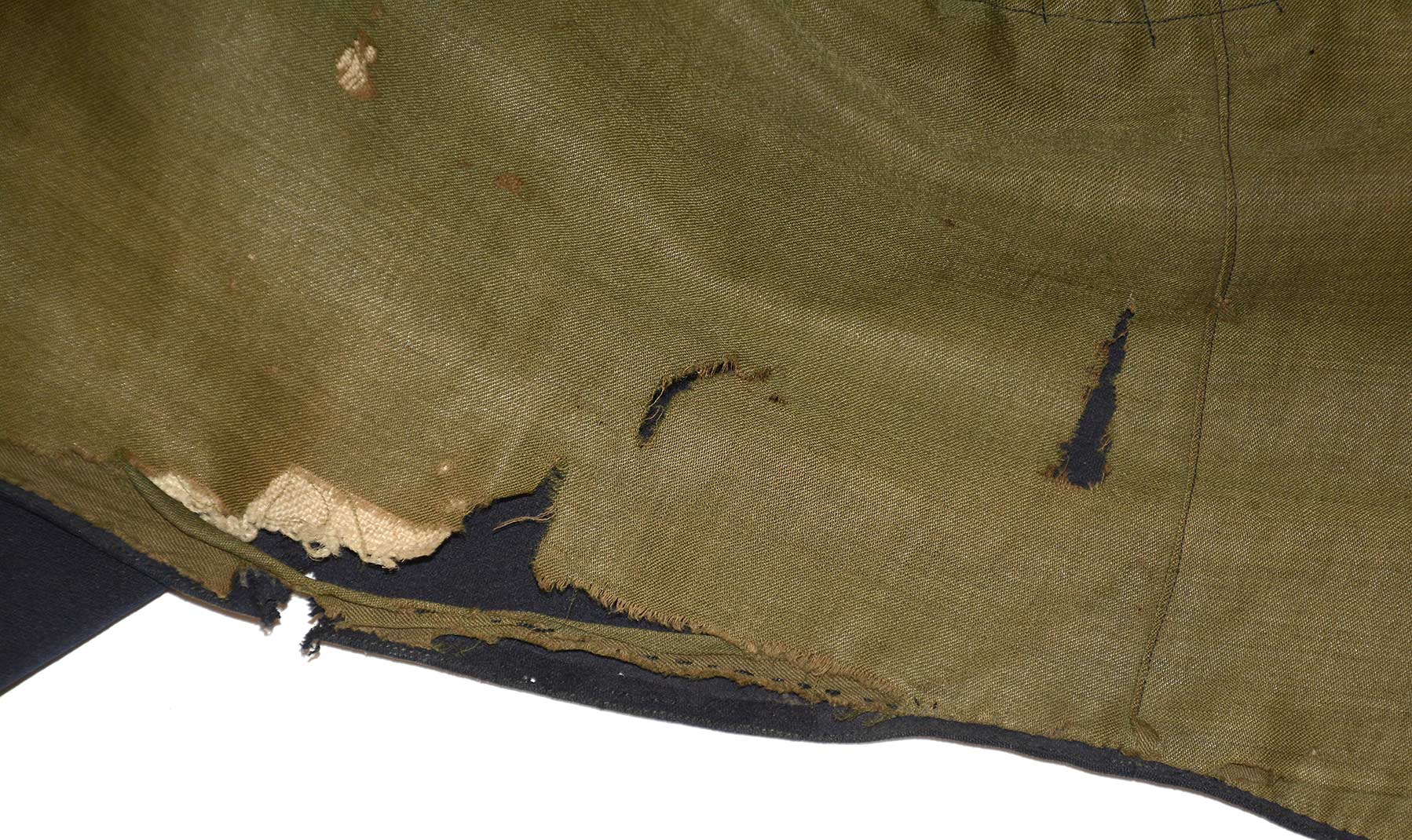
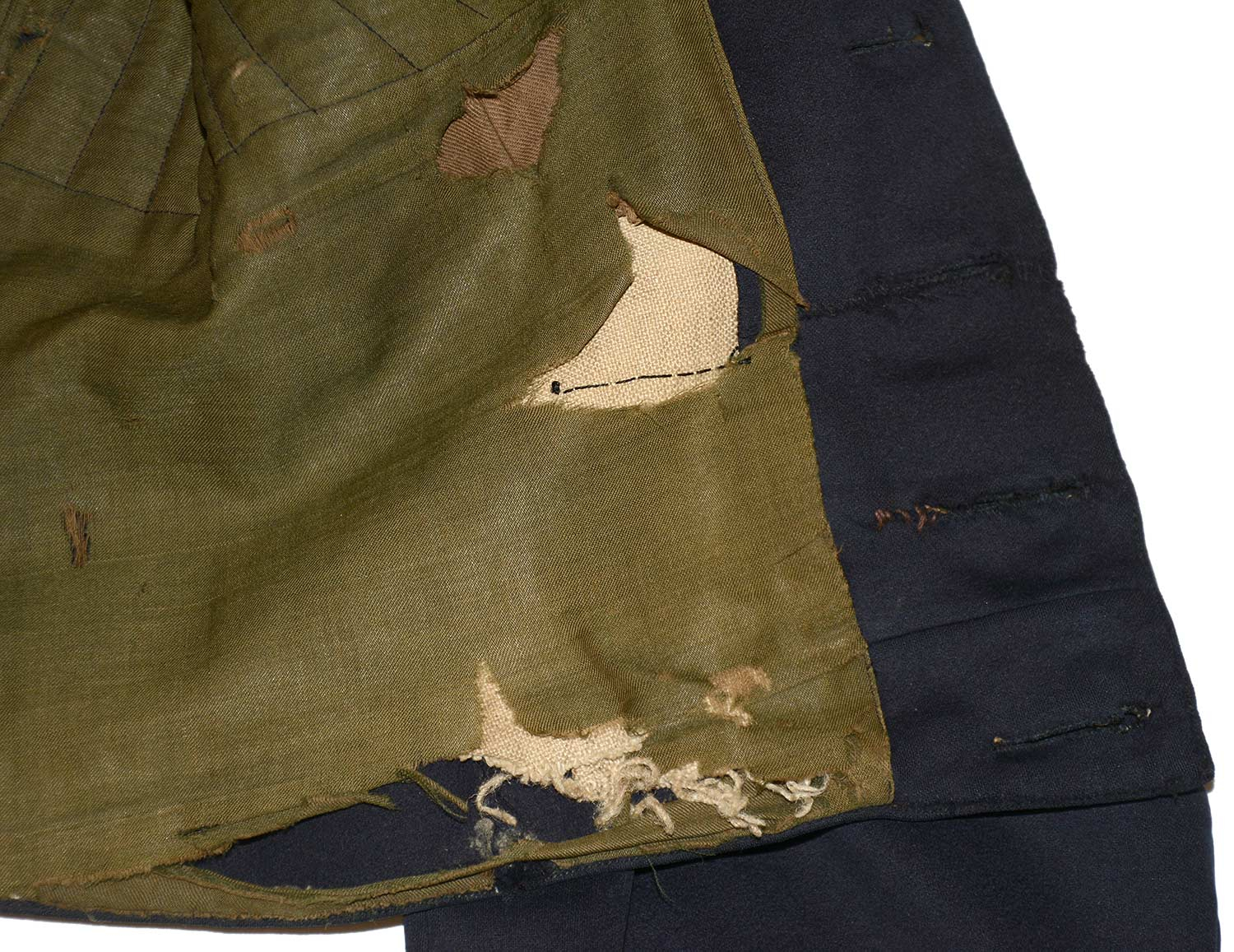
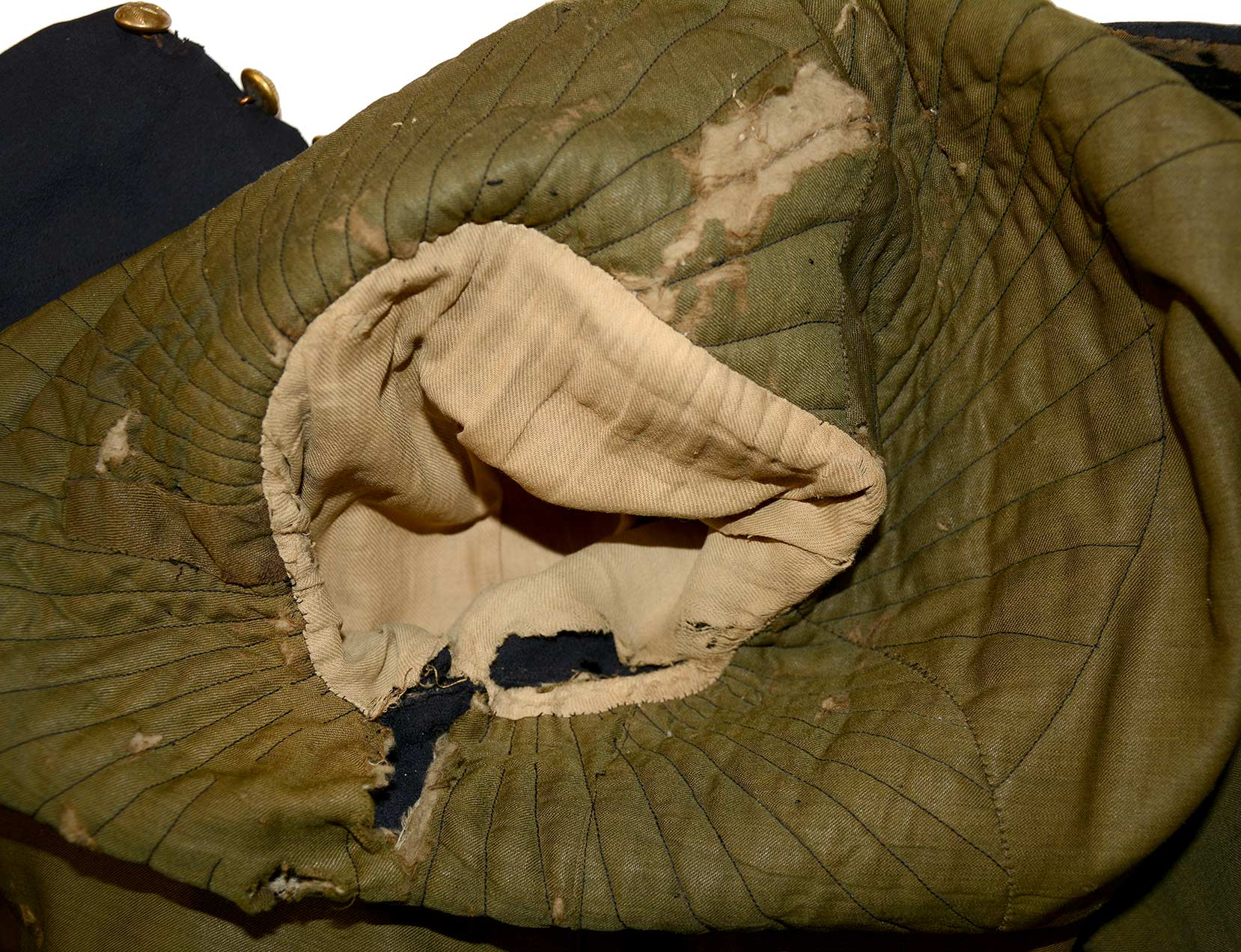
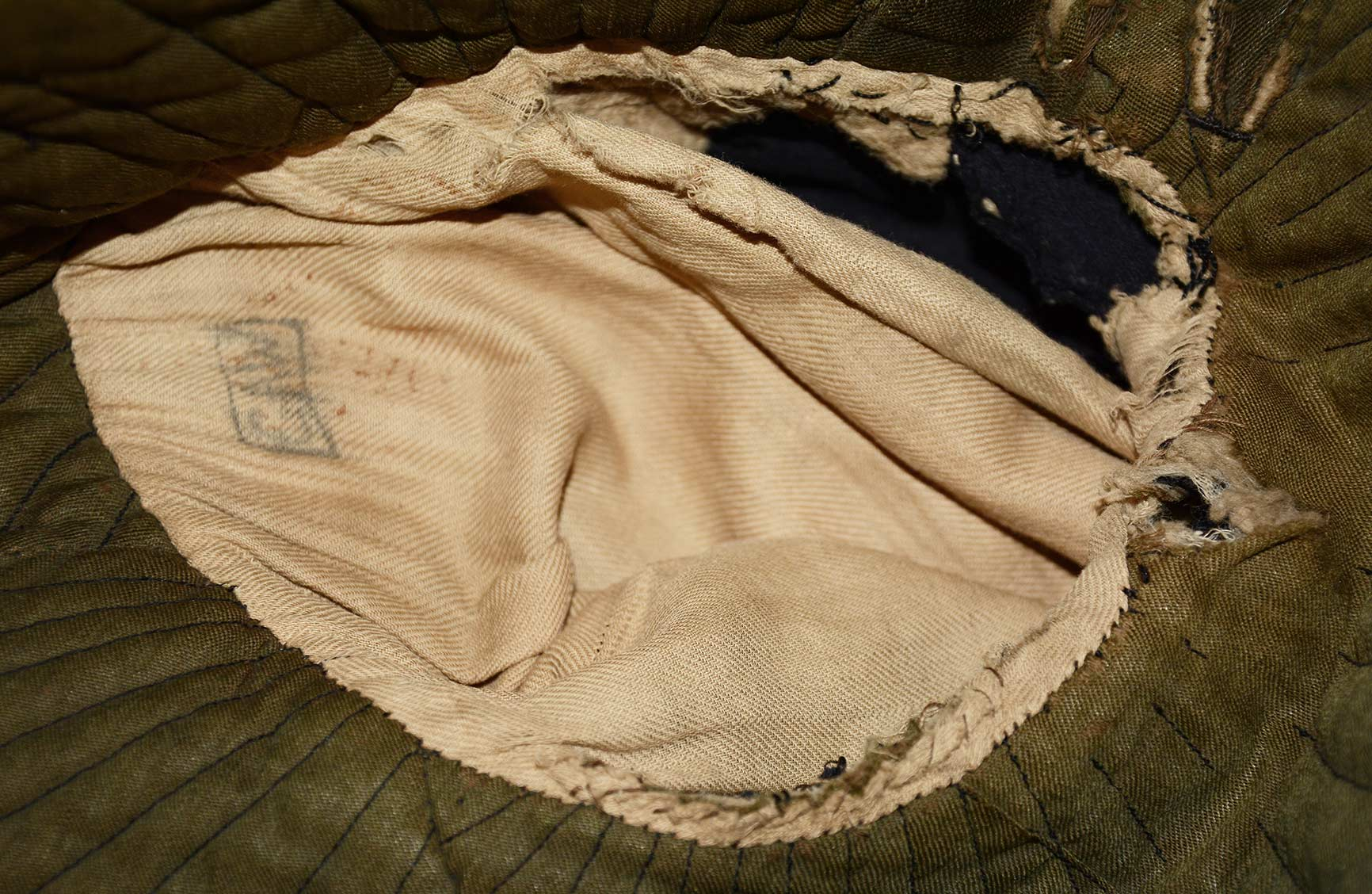
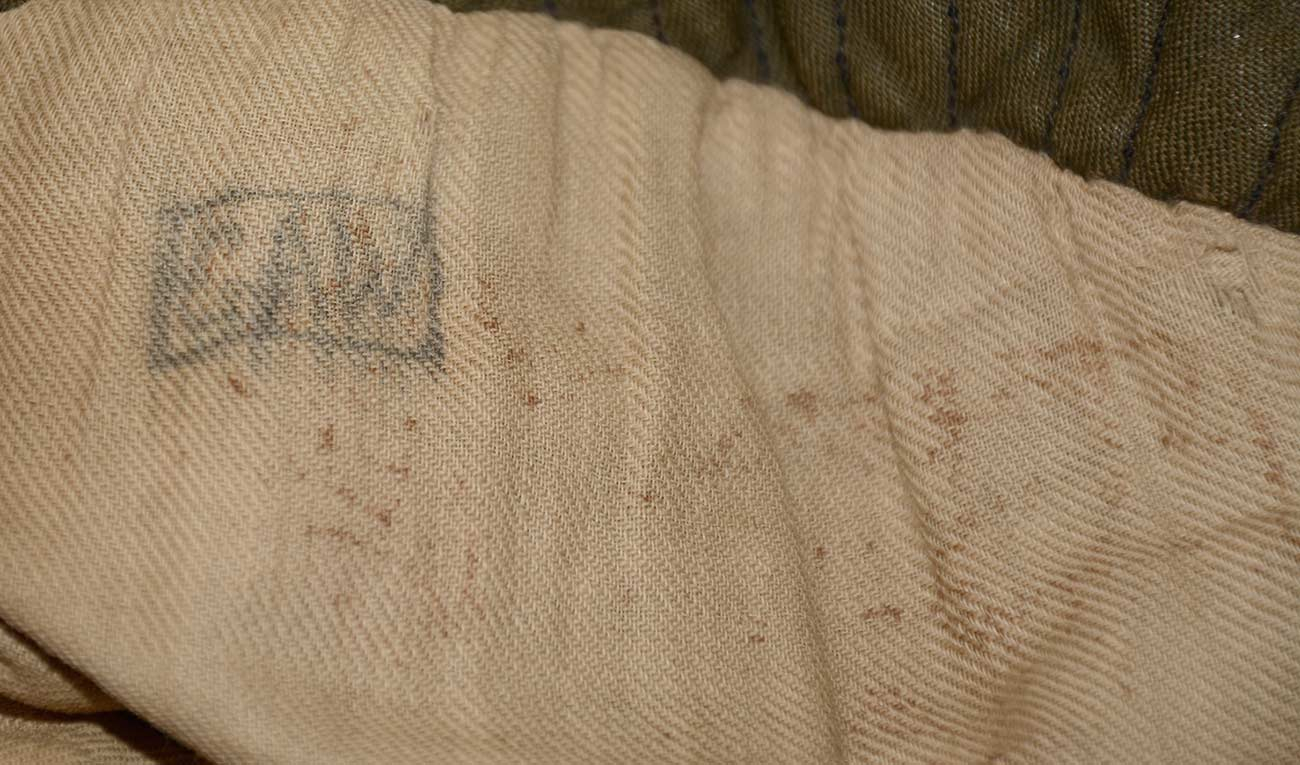
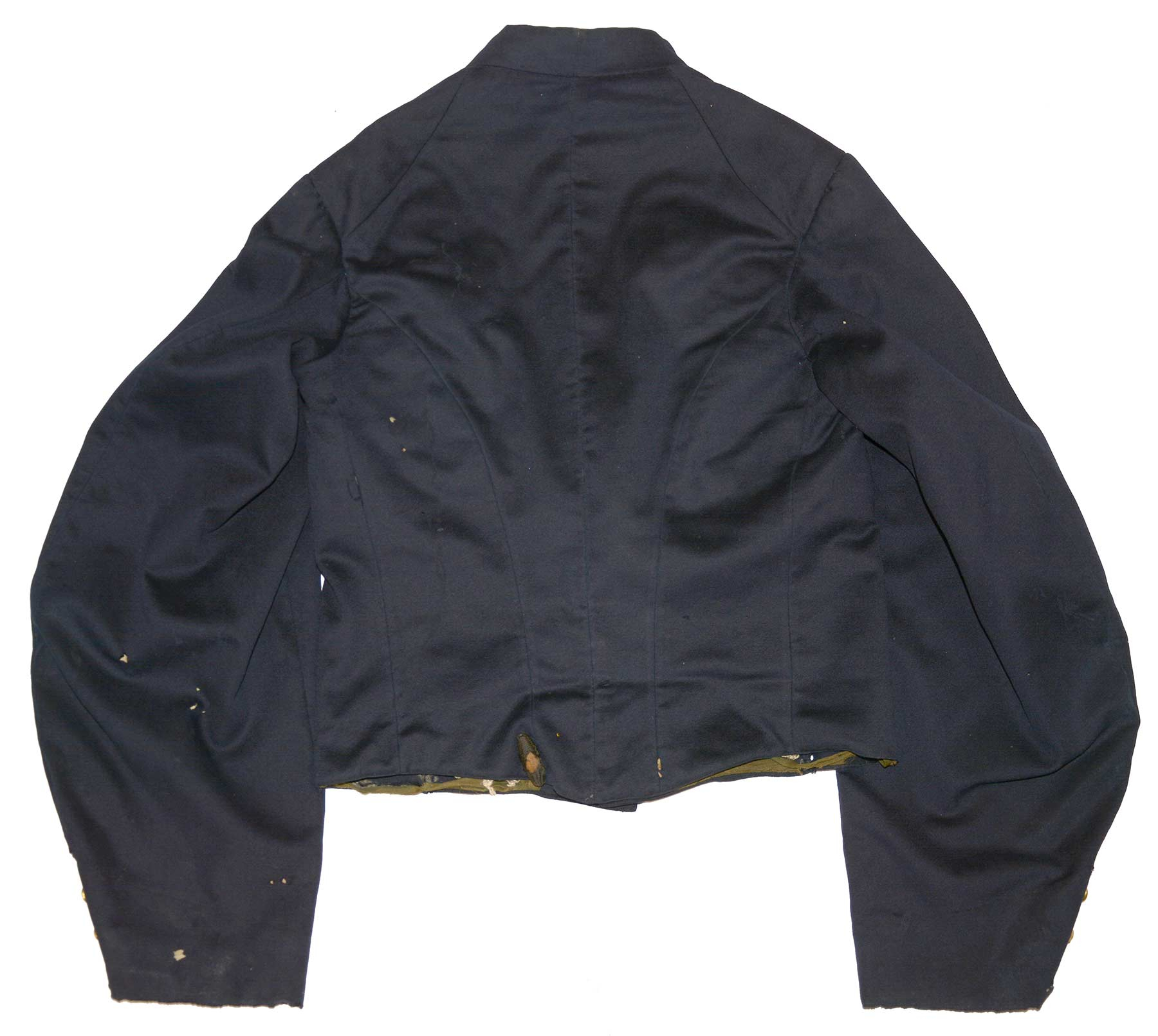
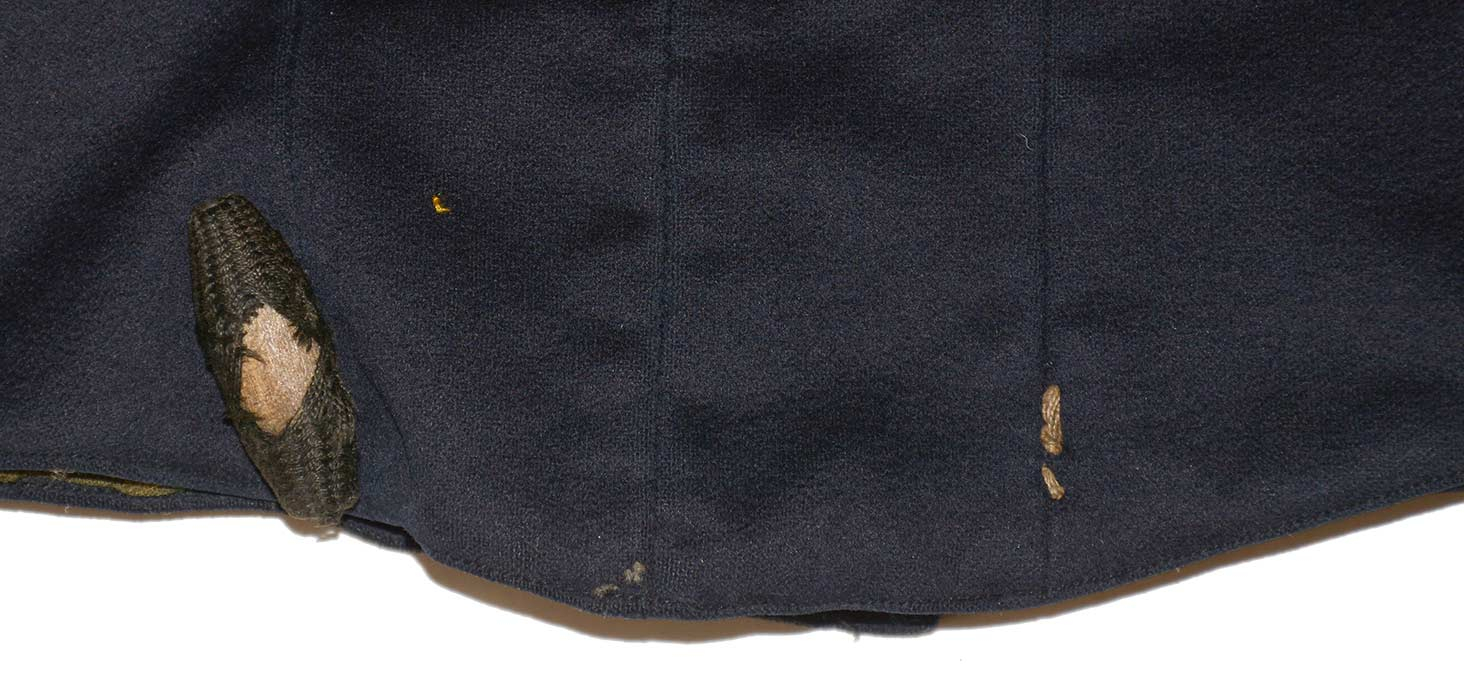
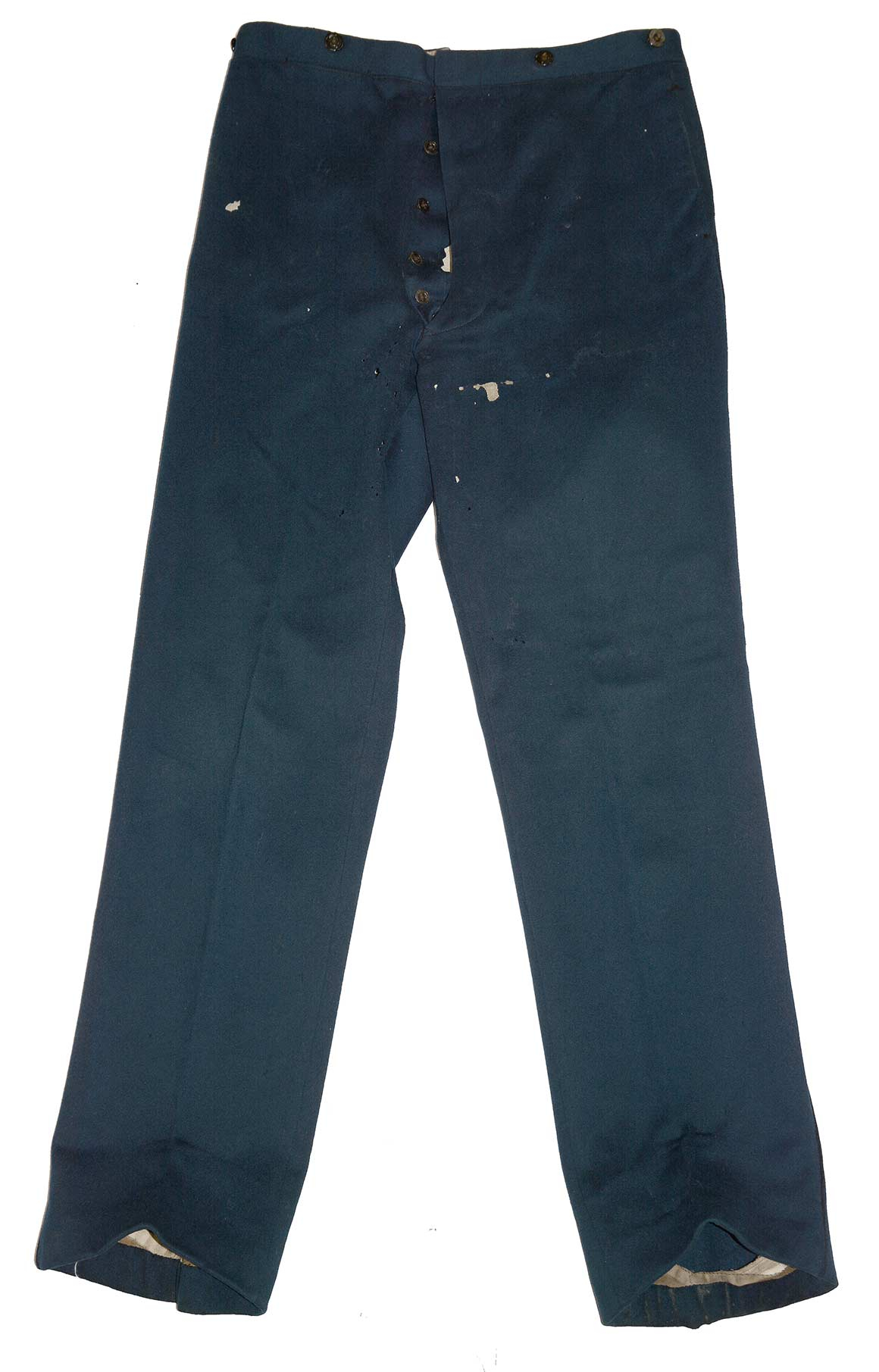
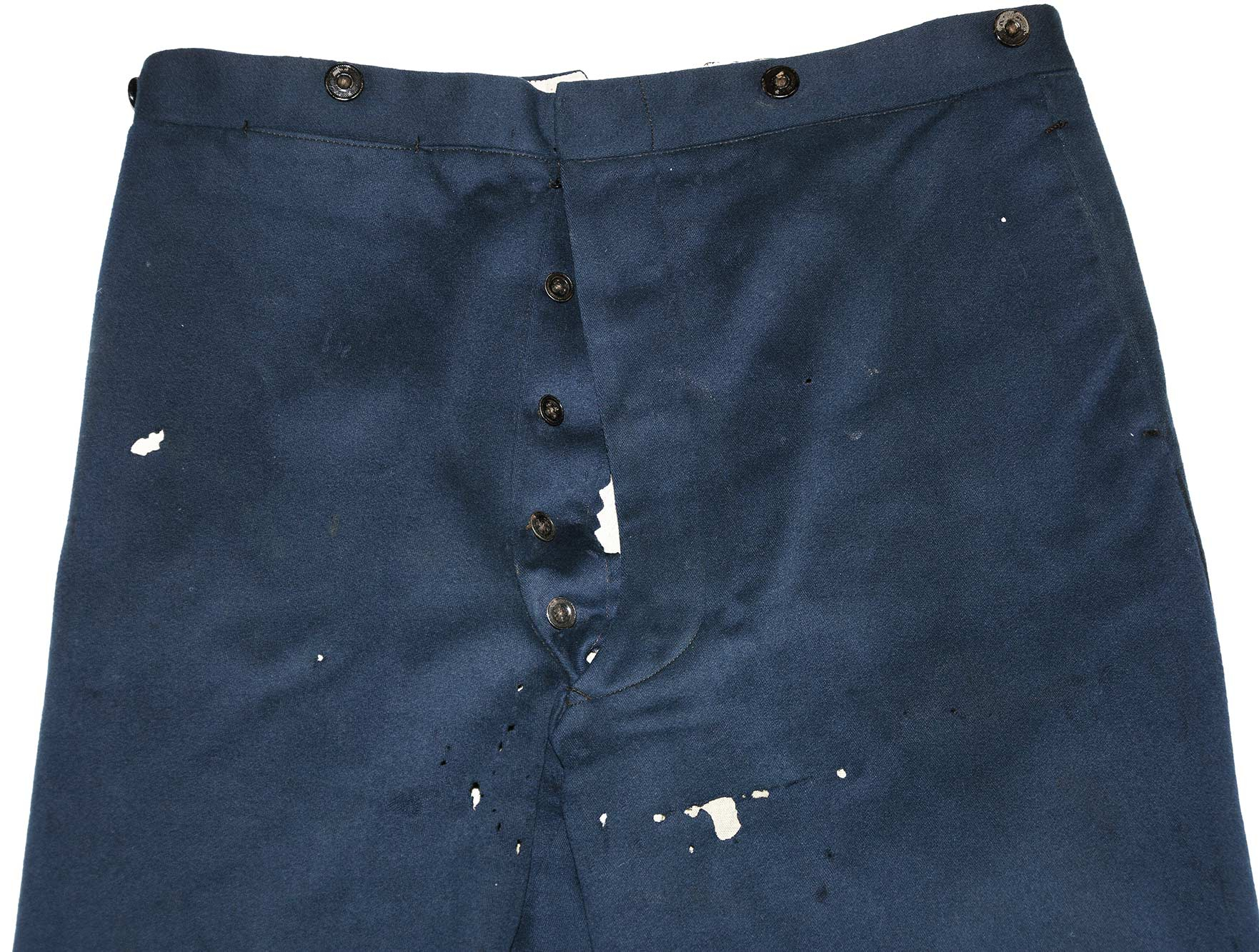
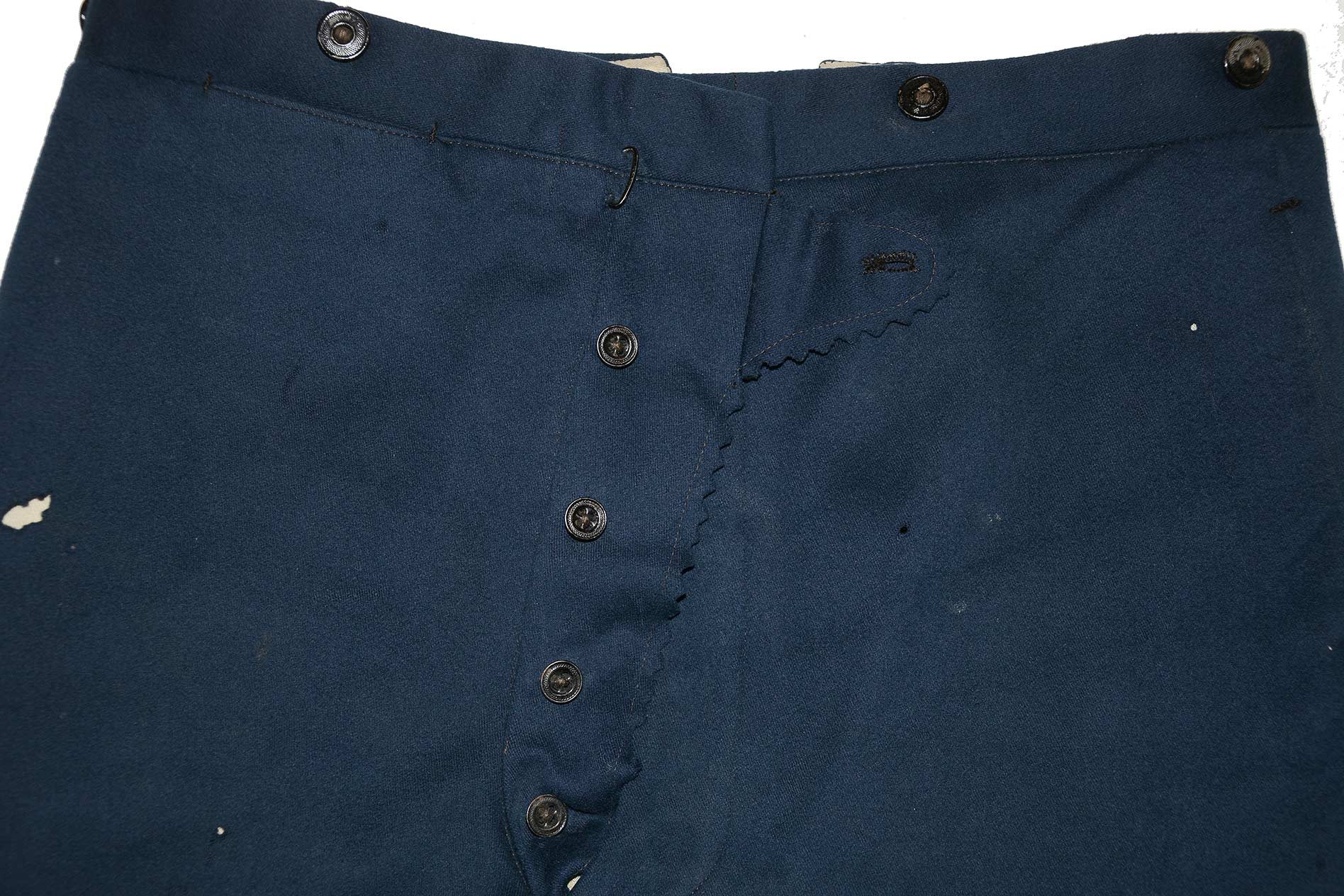
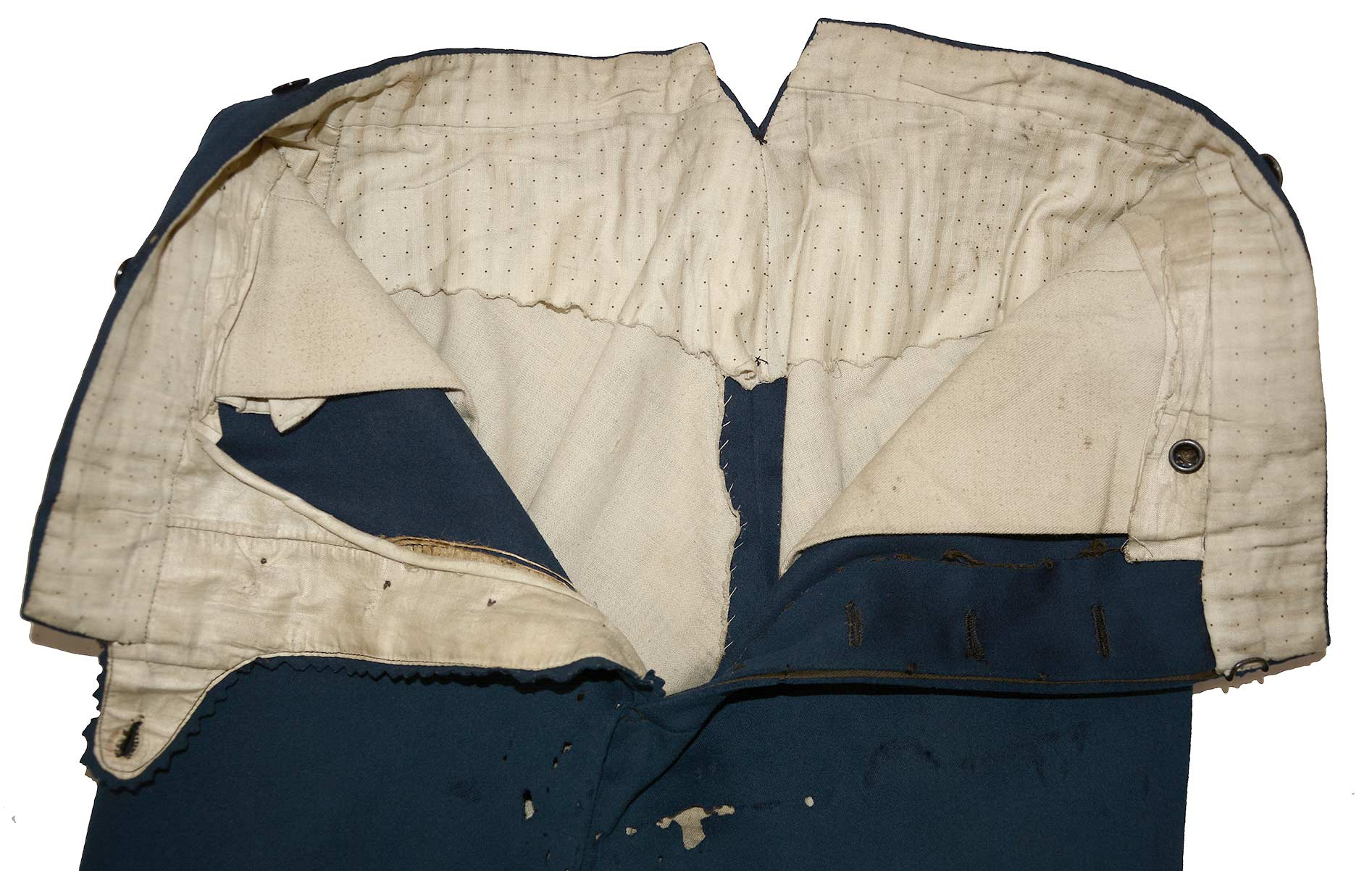
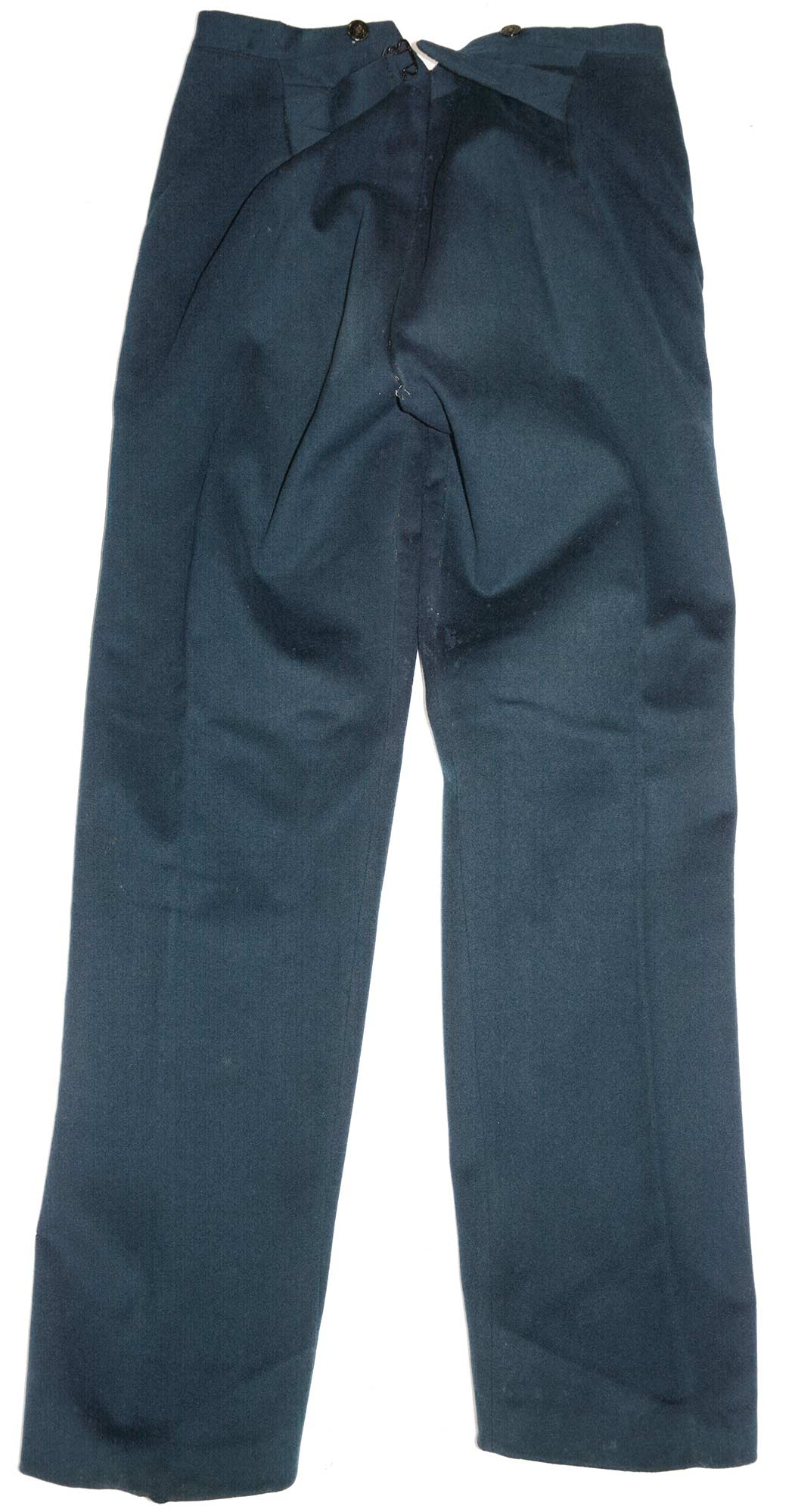
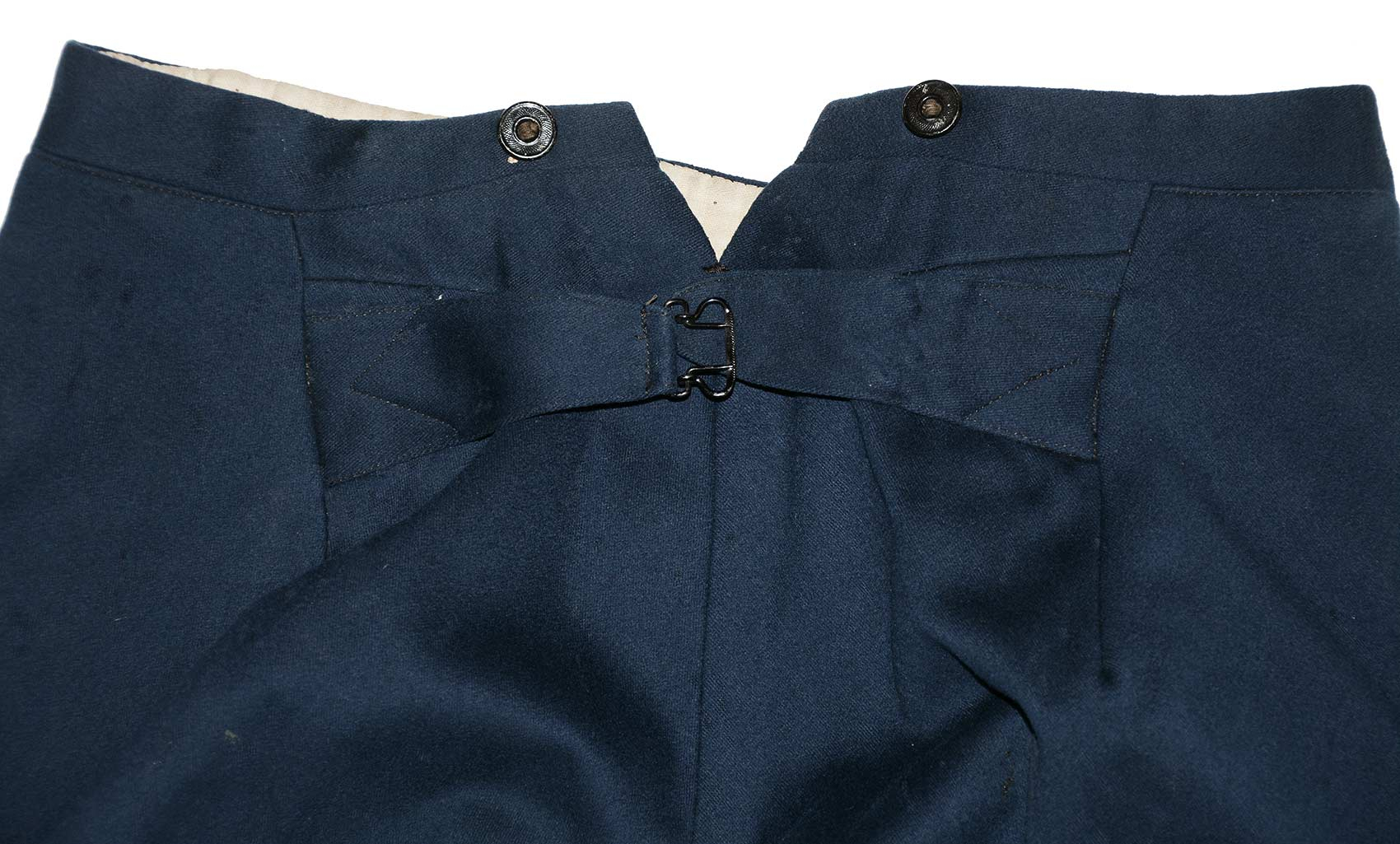
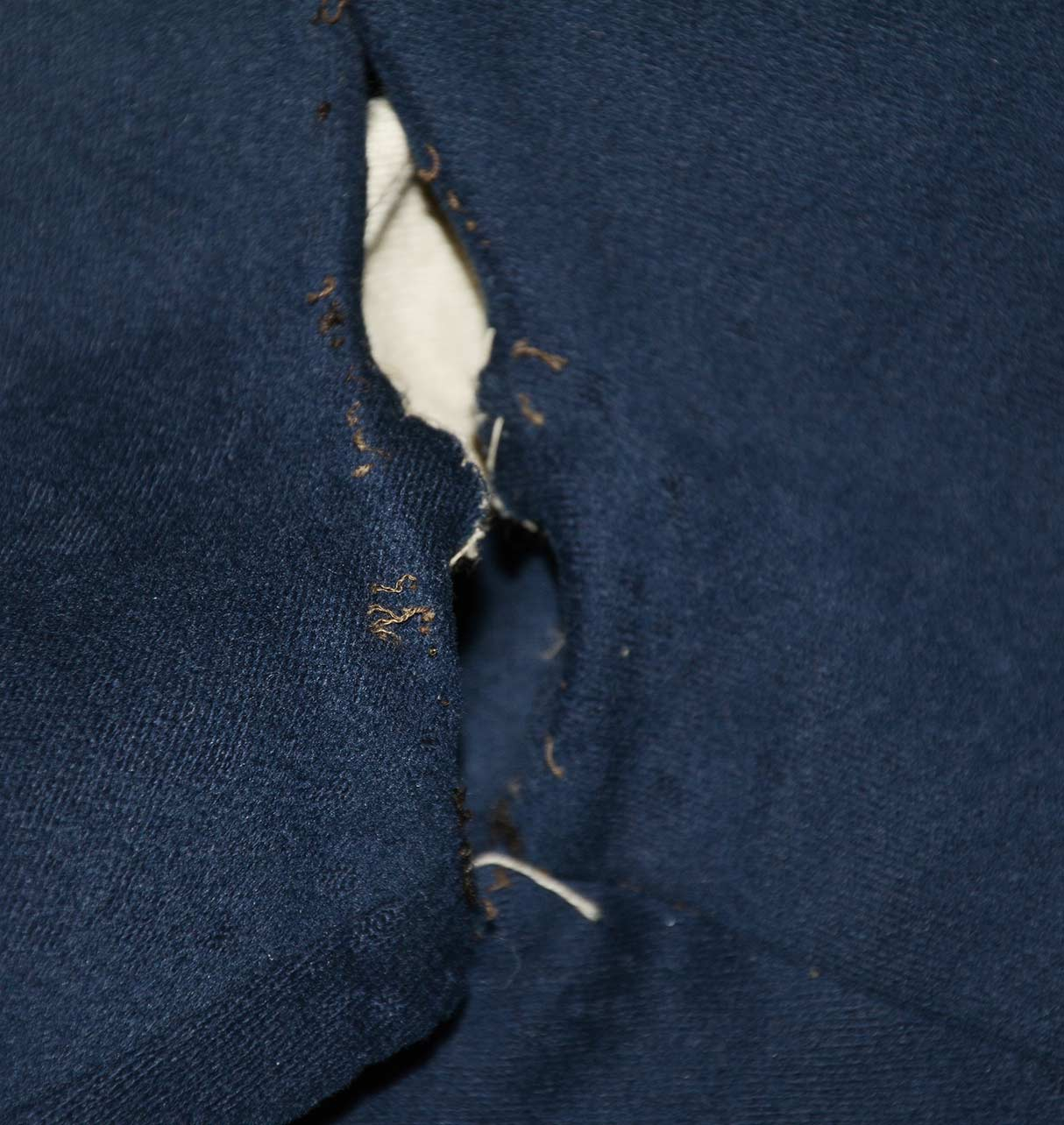
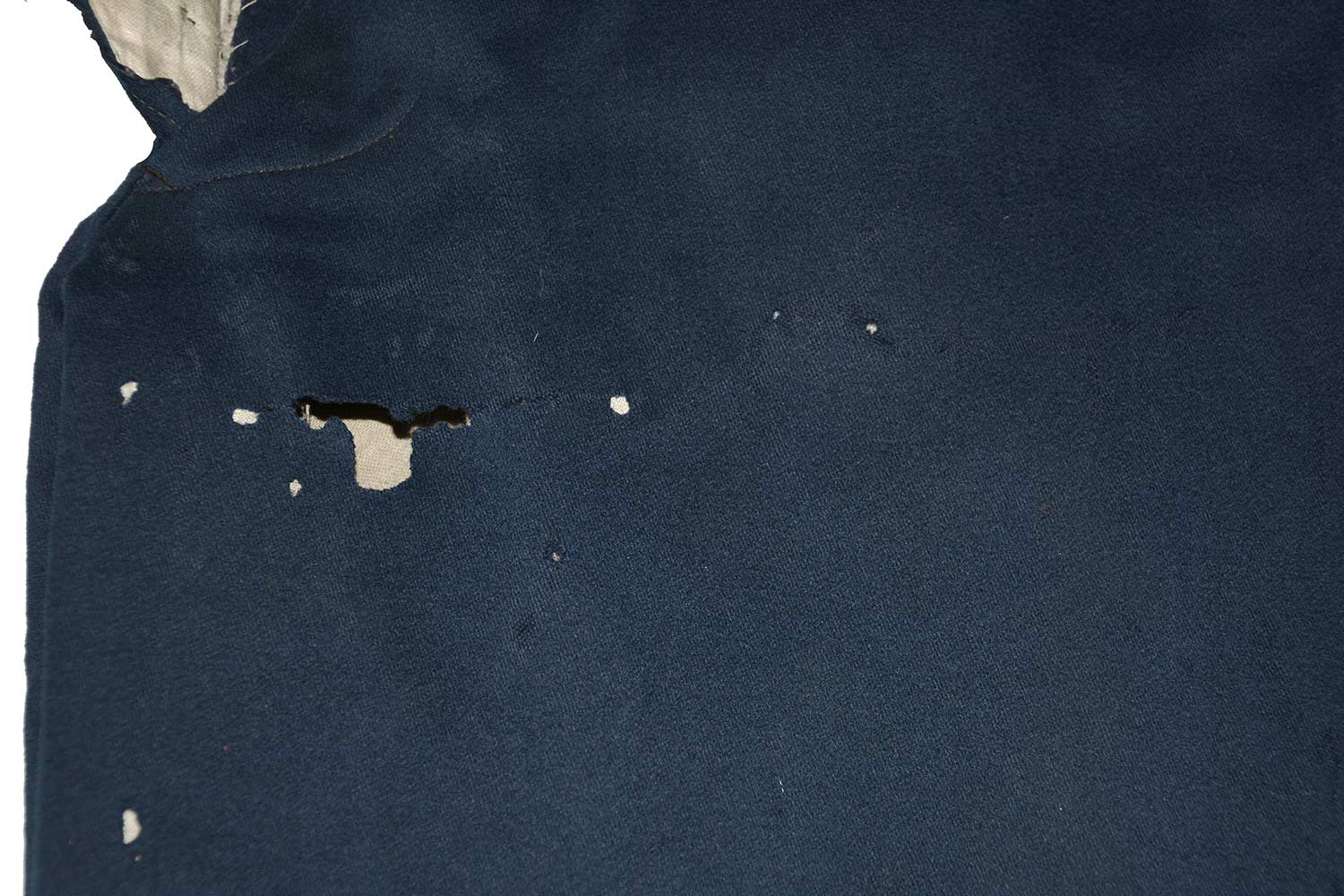
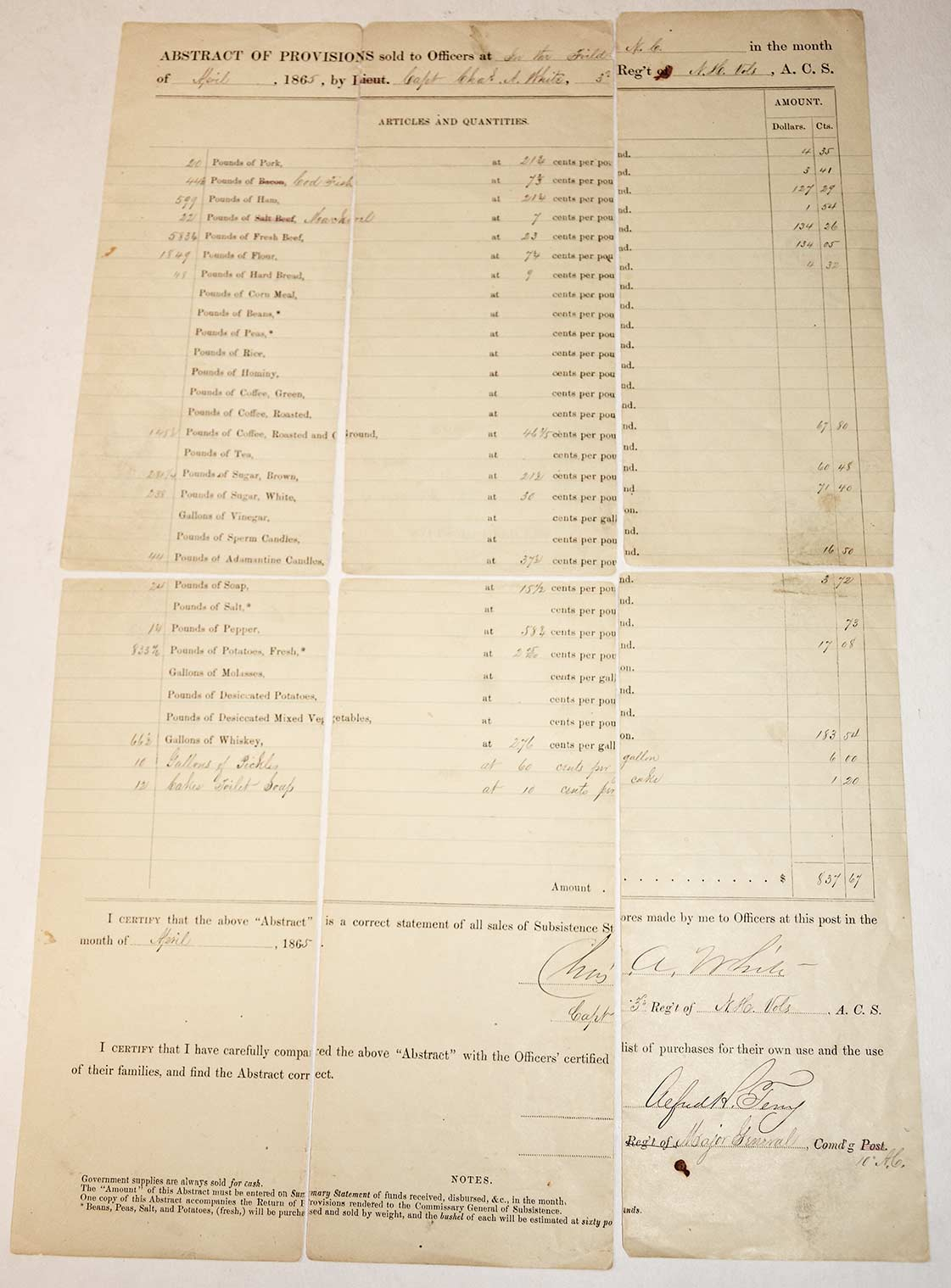
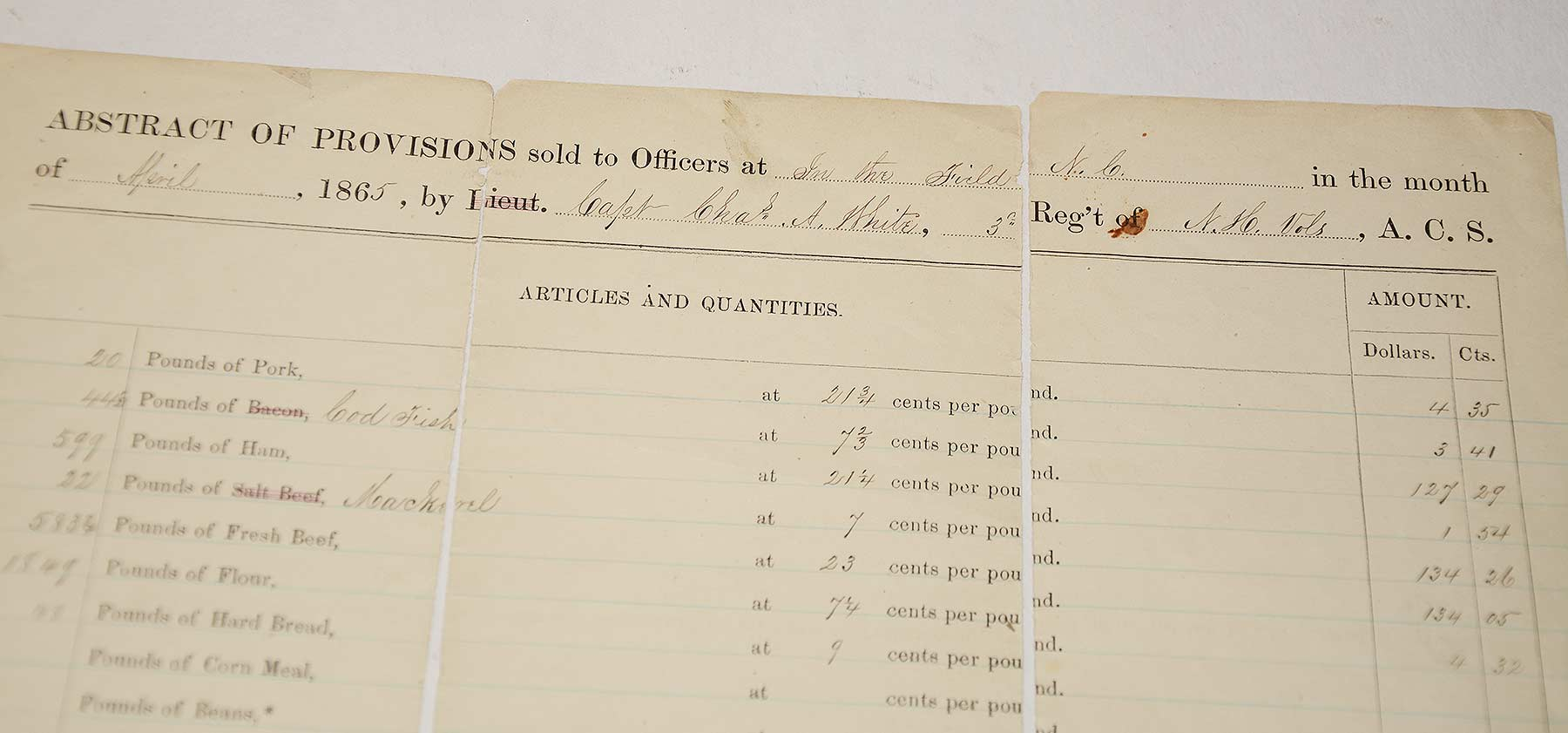
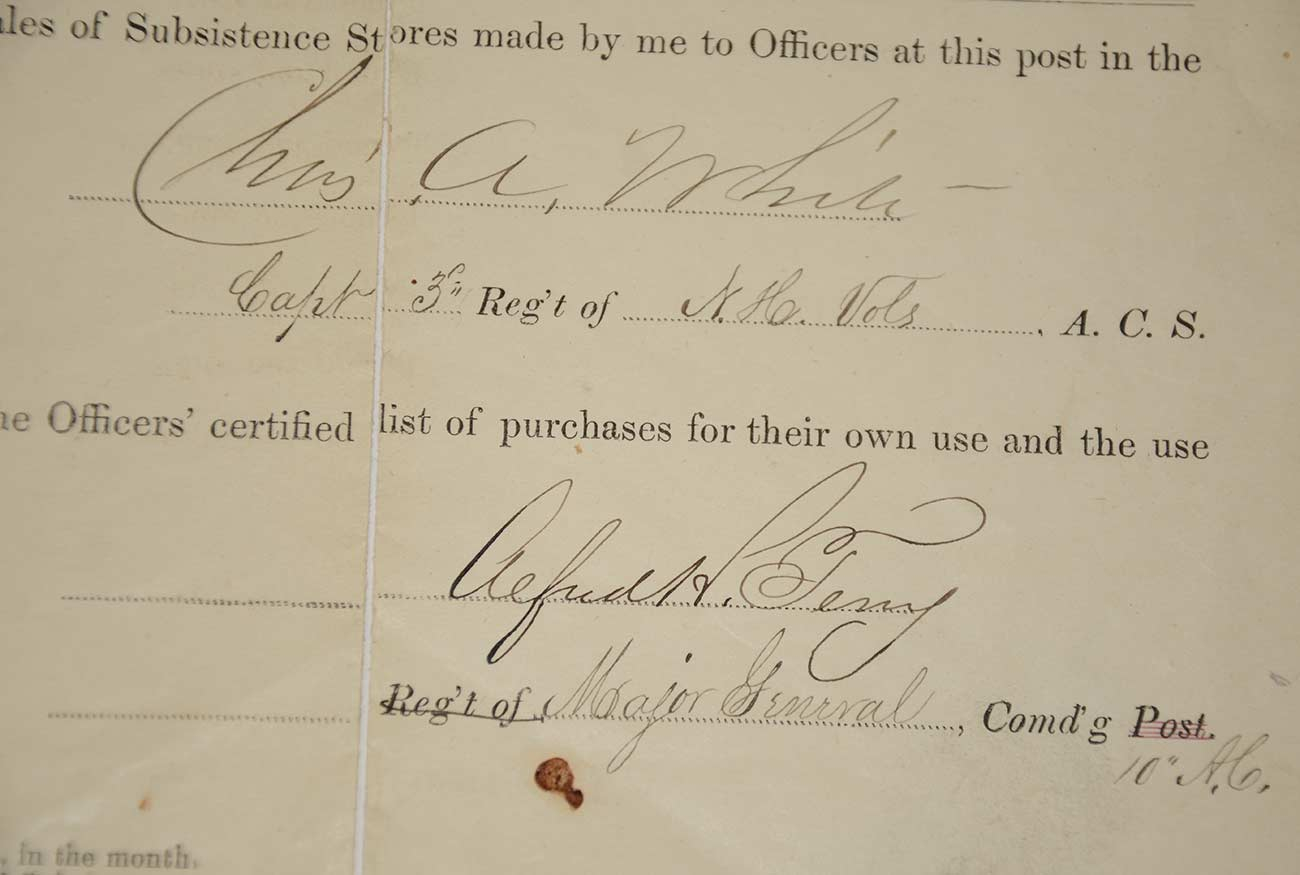
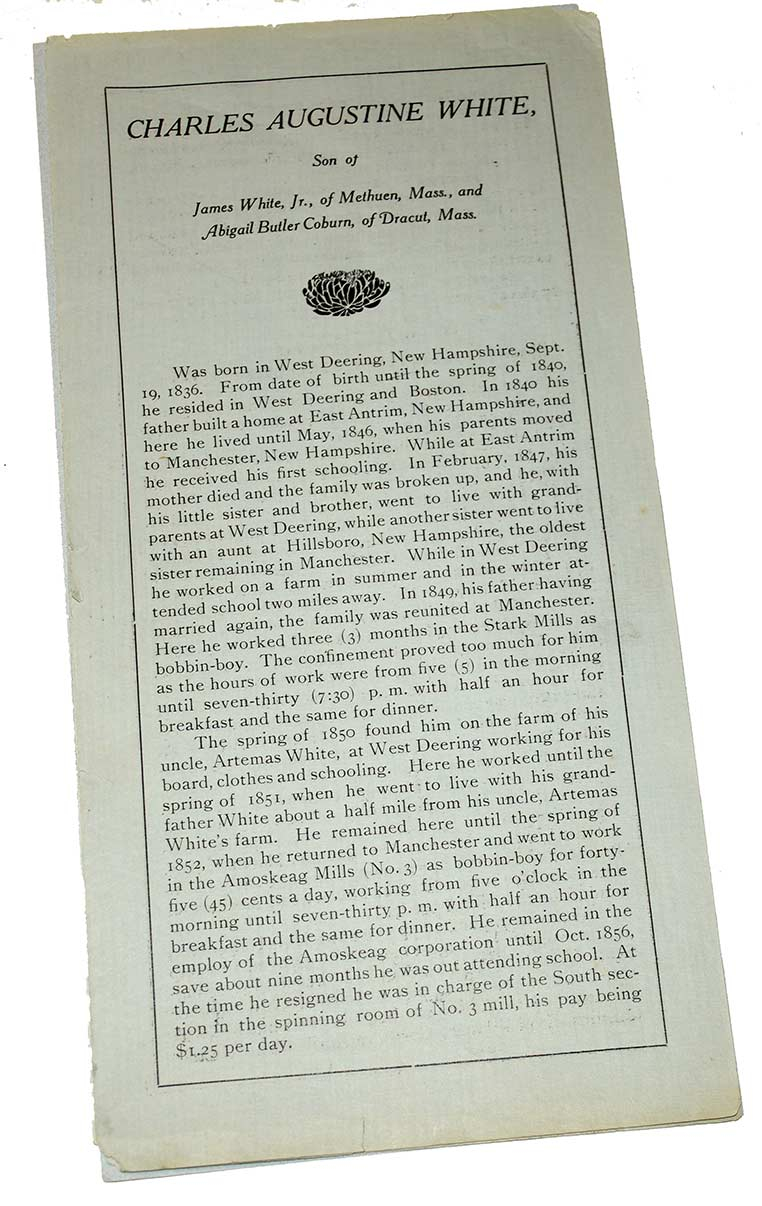
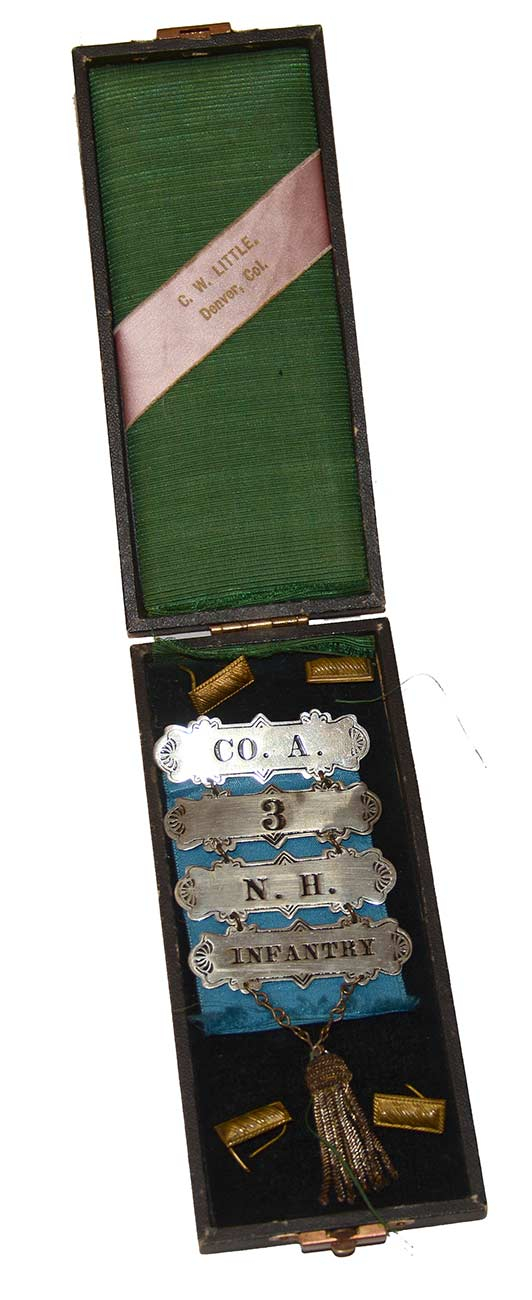
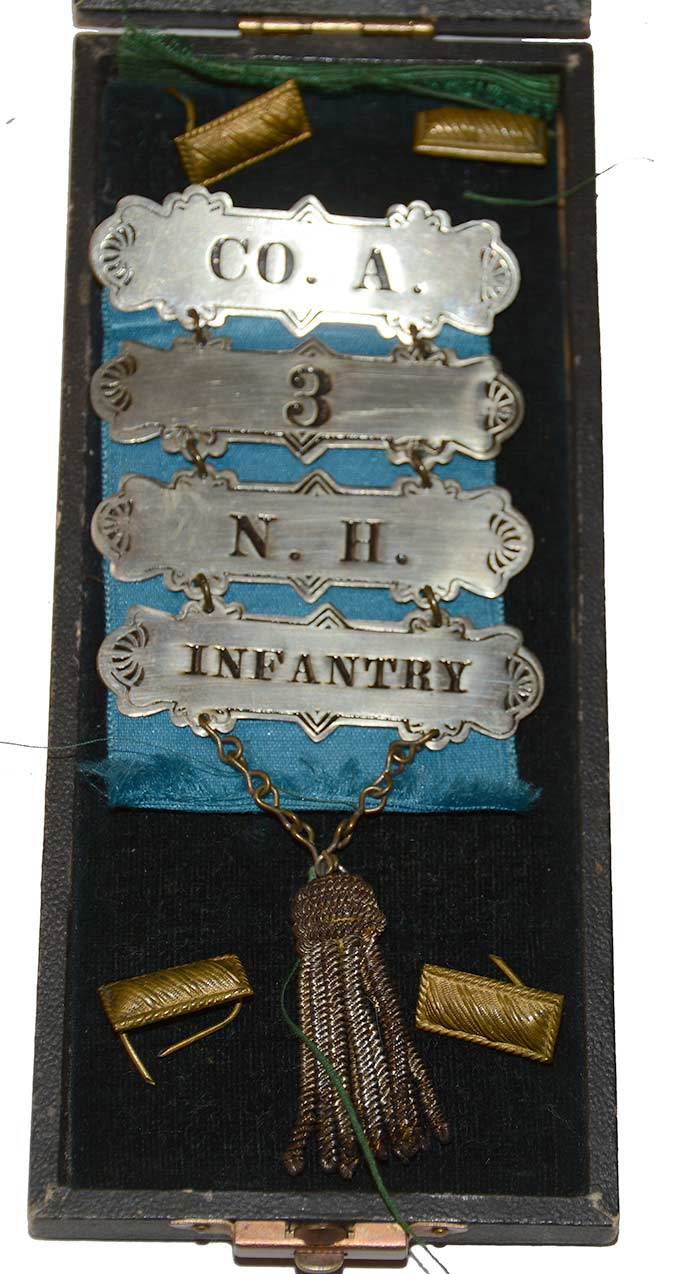
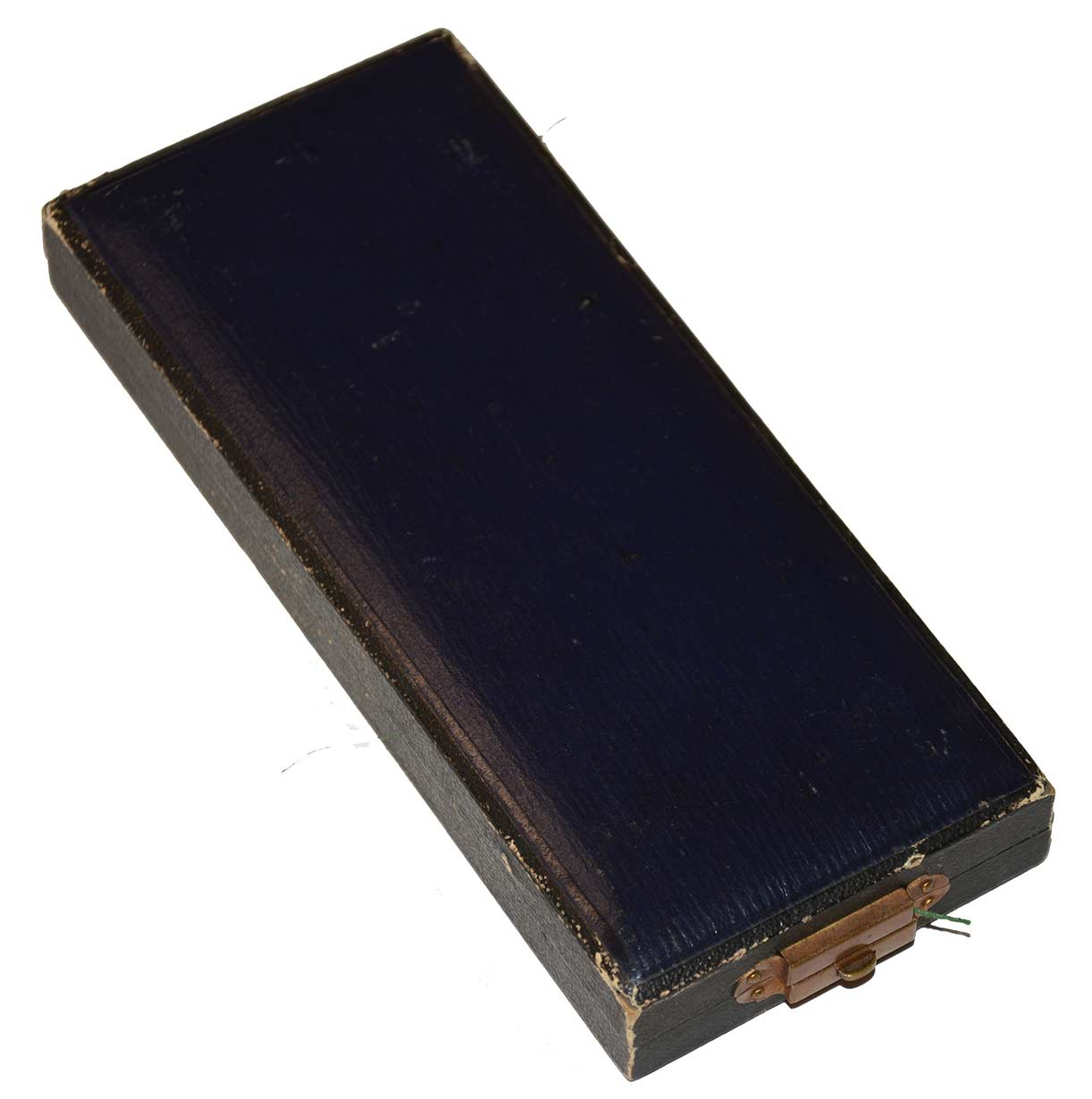
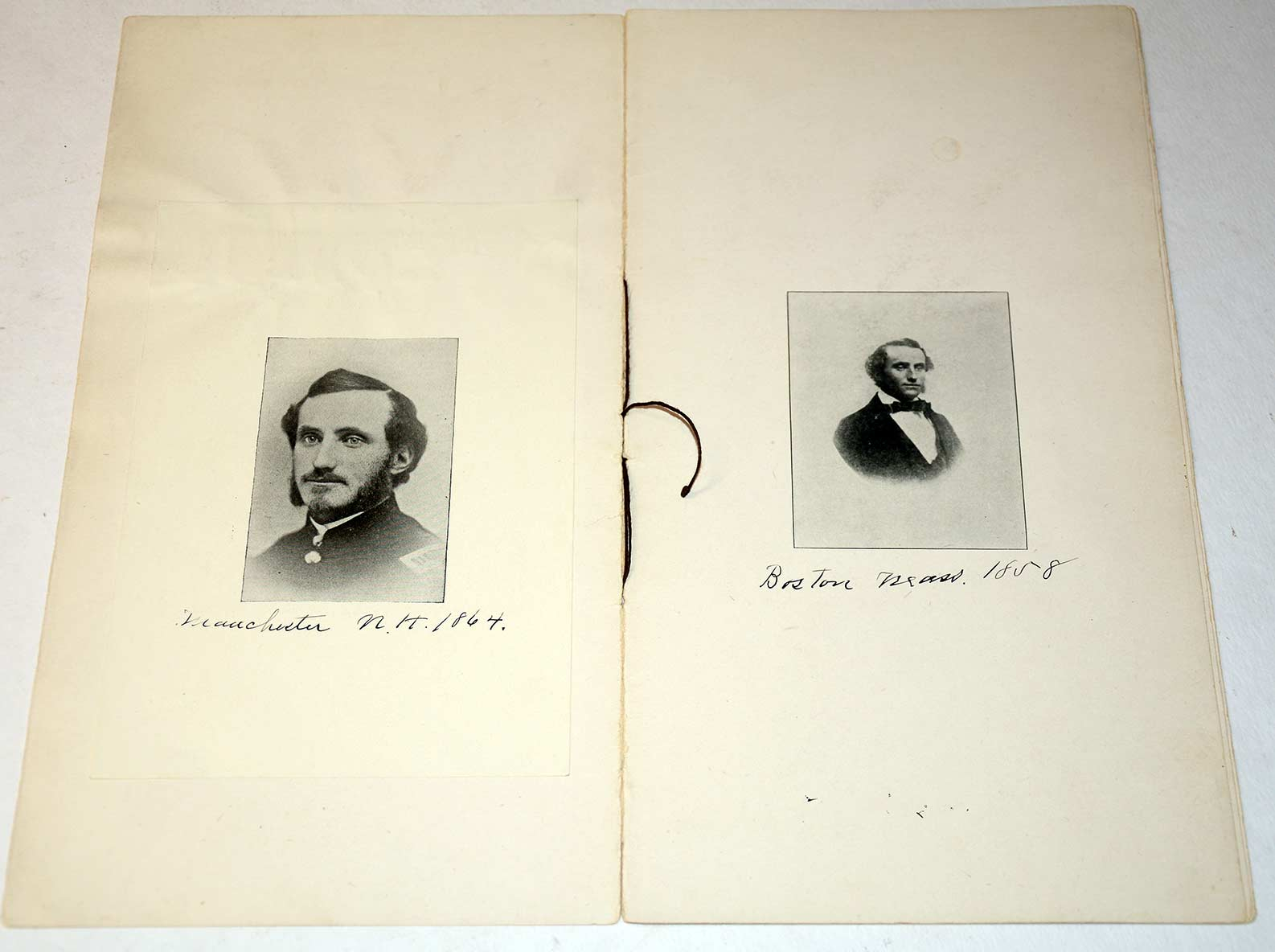
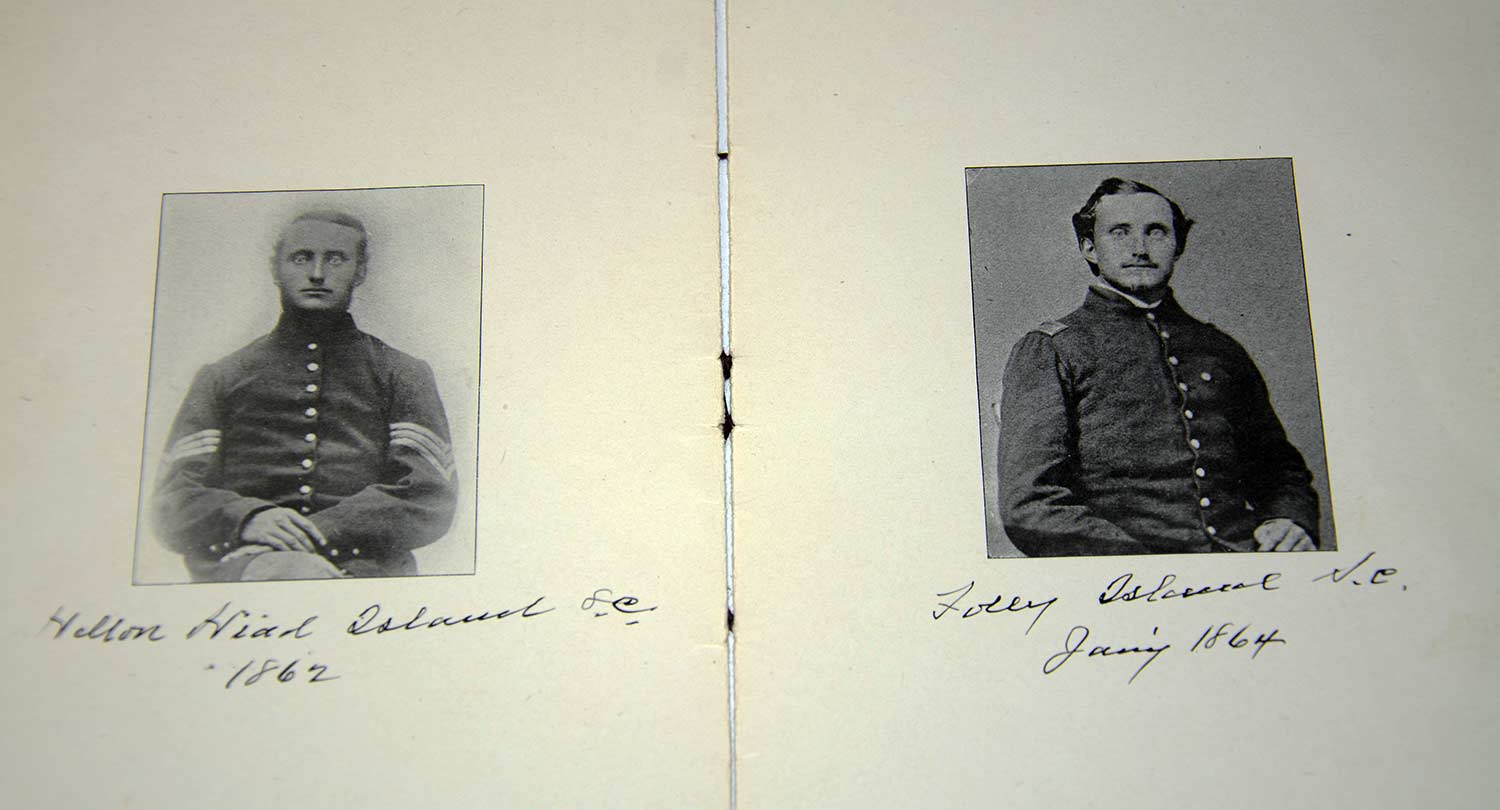
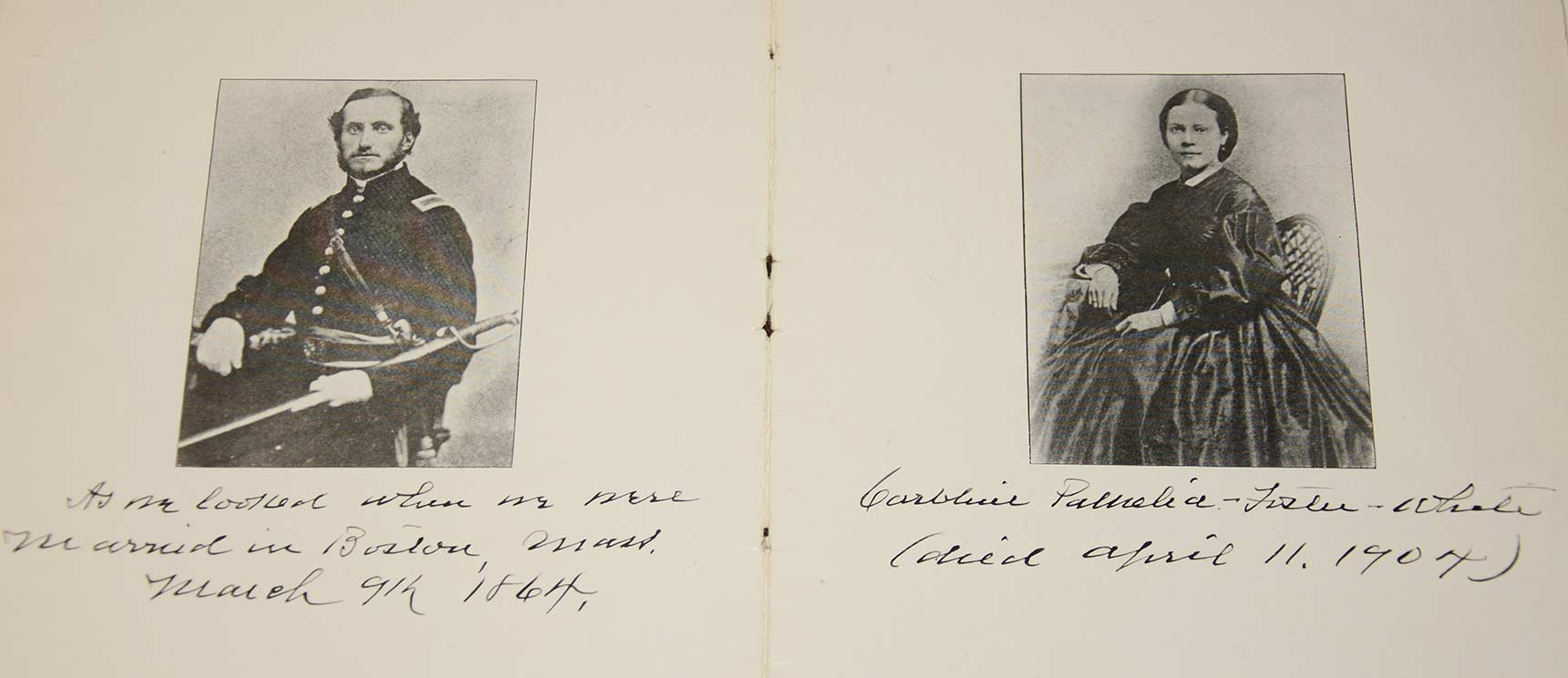
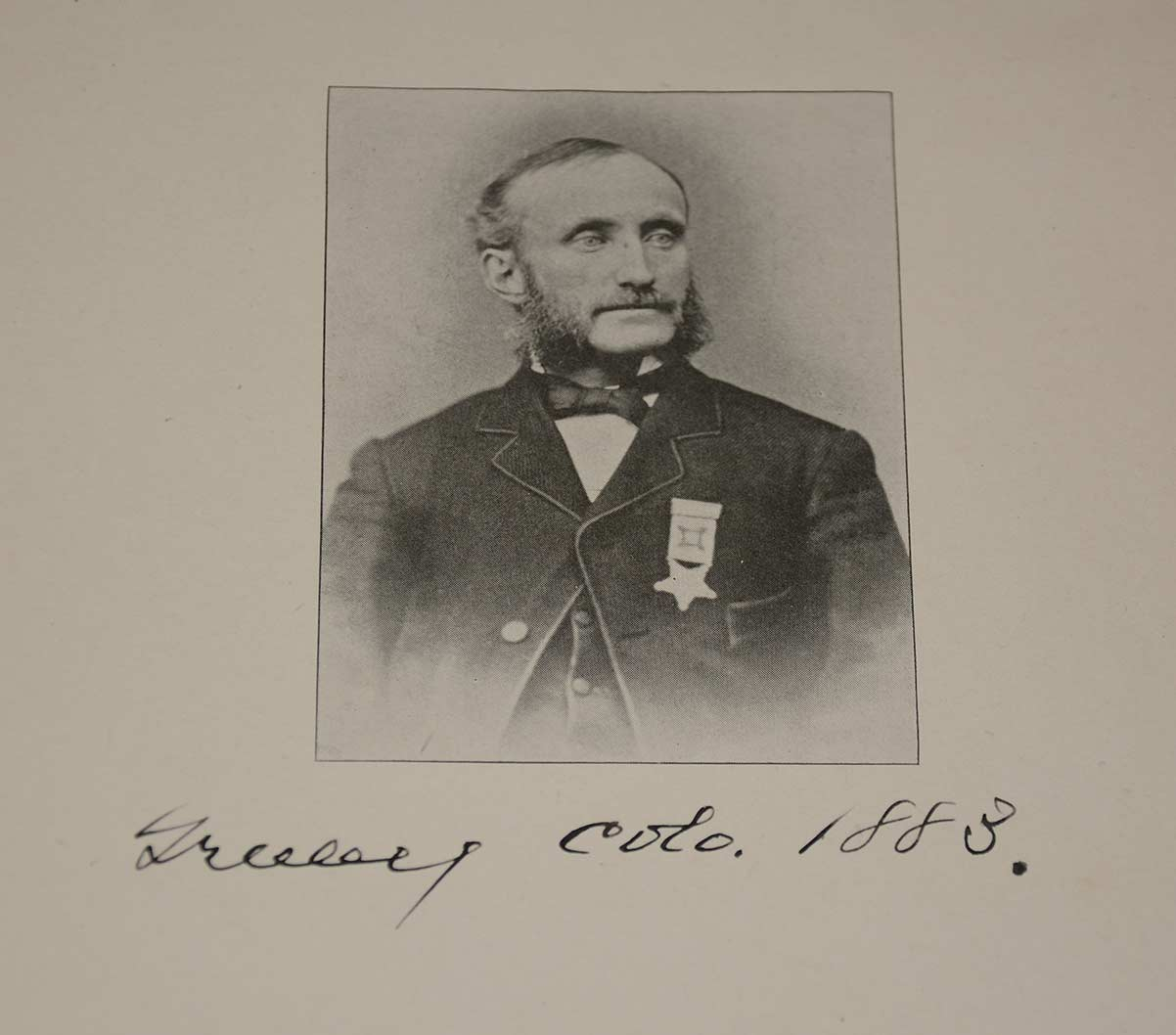
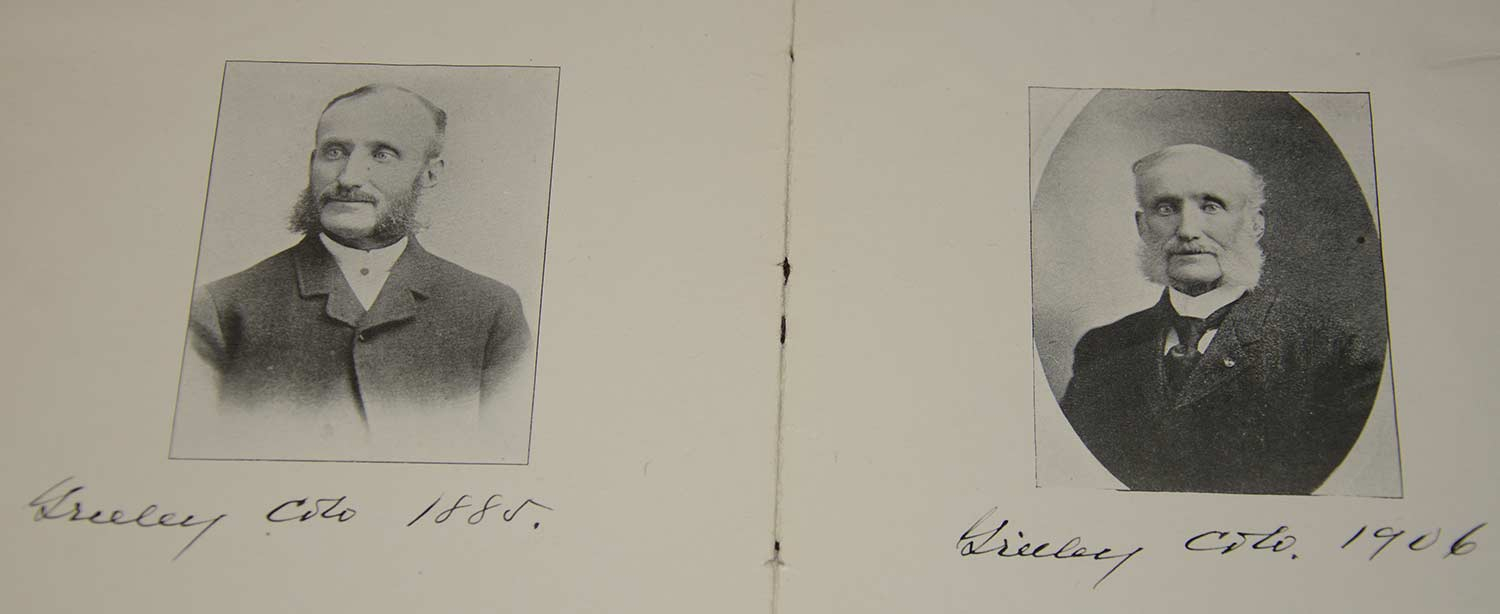
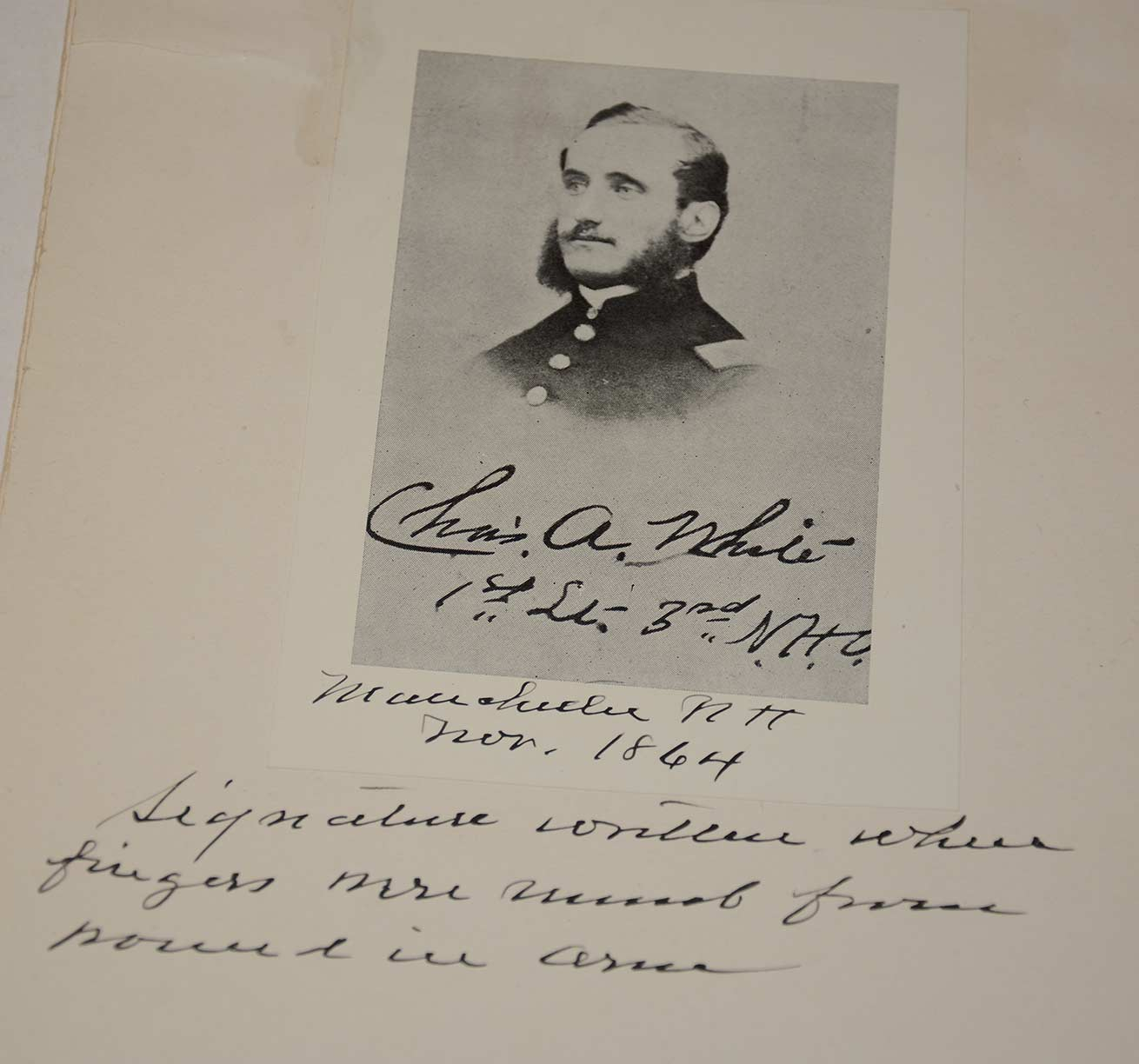
$11,500.00 SOLD
Quantity Available: None
Item Code: 1179-268
Charles Augustus White was born in West Deering, New Hampshire on September 19, 1836. In 1840 the family moved to East Antrim and then Manchester. In 1847 his mother died and the family was broken up. White and one sister and one brother went to live with their grandparents in West Deering while several other siblings were sent to other relatives.
During the summers White worked on his grandfather’s farm and in the winter, he attended school. His father remarried in 1849 and the family was reunited in Manchester.
During the 1850’s White knocked around a bit working in a mill and then on the family farms, going to school and by 1856 he was back in the Amoskeag factory in charge of Mill #3 and earning $1.25 a day.
White was living in Boston and learning the trade of a mason when President Lincoln issued his call for 75,000 volunteers to put down the rebellion. He enlisted as a private in Company A, 3rd Massachusetts Volunteers on April 16, 1861. After fatigue and garrison duty at Fort Monroe, Virginia he returned to Boston and was mustered out on July 16, 1861.
White immediately enlisted again, this time as a sergeant in Company A, 3rd New Hampshire Infantry on August 22, 1861. He was promoted to 1st sergeant June 1, 1863 and assigned as acting 2nd lieutenant July 31, 1863 with a commission coming on January 1, 1864. He was then transferred to Company I. He was promoted to 1st lieutenant on May 24, 1864 and to captain the following November 9 but was not mustered in that rank until March 1, 1865. At wars end White received two brevet promotions, one to major and one to lieutenant colonel to date from March 13, 1865 “for bravery and meritorious conduct on the field of battle.”
The 3rd New Hampshire saw service at Secessionville, Pinckney Island, Morris Island, Fort Wagner, Olustee, Drewry’s Bluff, Bermuda Hundred, Deep Bottom, Fort Harrison, Darbytown Road, Fort Fisher and Wilmington. The regiment lost 14 officer and 338 enlisted men killed, died of wounds and disease plus many others wounded but recovered.
After the war White worked for the Treasury Department until December of 1870 and then moved to Greeley, Colorado with his wife and child in 1871. While there, he worked as a farmer and mason. In 1879 he was commissioned brigadier general in the Colorado Militia and served until 1898. White was a clerk of the State Senate in 1883 and commissioned Post Master in 1884. He was elected mayor of Greeley in 1888 and was also an active member of the GAR and MOLLUS as well as the Sons of the American Revolution.
White died in Greeley on January 17, 1922 and is buried there in Linn grove Cemetery.
The first item in the group is a sharp looking nine-button officer’s shell jacket made of a fine dark blue wool broadcloth with a 1.50 inch high collar lined on the inside with black felt that has oxidized brown. Lower right front has a horizontal pocket and the middle of the lower back has a single Russian knot for supporting a belt. Its mate is missing. The exterior of the coat has several scattered moth holes. Most are no bigger than an easer on the end of a pencil. There is some scattered moth tracking and small separations on the cuffs and the cuff edges. There are also a few scattered nips on the back and several of the button holes show light wear. Despite these imperfections, there is nothing that would detract from the appeal of the jacket when displayed. Running down the front are nine large eagle “I” buttons with three smaller sized buttons on each of the nonfunctioning cuffs. All the buttons on the front bear a back mark of “D. EVANS & CO. ATTLEBORO, MASS.” Of the three buttons on the right cuff, two are “D. EVANS & CO. SUPERFINE” and the other is “SCOVILLE MFG. CO.” The left cuff has all “D. EVANS & CO. SUPERFINE.”
The interior of the coat has a black polished cotton lining that has oxidized to a green color. It is quilted in the upper back and chest with a horizontal pocket in the left chest. The sleeves are lined with white muslin. The lining does show wear from use and age. The lower left front of the lining has 1.50 x 1.00 inch hole near the bottom of the pocket with another 2.00 x 3.00 inch hole below it. Also, both the left and right lower seam of the lining is open for about 7.00 inches. There are also several scattered small stress separations. Each of the muslin sleeve linings show separations at its seam with the body lining.
White’s trousers are made of the same fine quality material as his jacket. They are royal blue in color with a 1/8 inch black stripe running down the seam of both legs. Front pockets are of the side seam type. There are no back pockets. The condition of the trousers is good in that the color has remained constant over the years, all suspender and fly buttons are present and most of the seams are holding well. However, there is some moth damage around the area of the crotch. Just below the fly, on each leg, are clusters of moth bites stretching down several inches. The bites are more numerous near the fly but thin out as they move further away. The largest of the bites is a little smaller than a dime. The left leg in this affected area has a 2.50 inch horizontal separation with a moth hole beneath it. Also, the very bottom of the crotch area, between the legs, has a seam separation approx. 3.00 inches long. This can easily be fixed by resewing. Surveying the rest of the trouser body there is only one dime sized hole in the right hip. The back of the trousers is in very nice condition. Waistband has the “V” notch with size adjustment strap and buckle in the rear. Interior of the waist is lined with a white cotton material with a printed dot pattern. Pockets are lined with white muslin. The bottom interior of each cuff has 2.00 inch muslin lining.
Also present with the group is a ladder badge still in its original box. The badge consists of four silver bars each connected to the other by a single chain link on each edge. The bares have a decorative border with fern like designs on each end done in black with a linear border between. The top bar has the original pin on the reverse and a very nice sky-blue ribbon which hangs behind the bars. The four bars are stamped in black with “CO. A / 3 / N. H. / INFANTRY.” The box has a purplish-blue exterior and meas. approx. 2.75 x 6.00 x 1.00 with a working brass latch at front and a brass hinge at the back. Opening the box reveals a green pillow at top and a blue pillow at bottom on which the badge rests. There is a printed pink label running diagonally across the upper green pillow with “C. W. Little, Denver, Col.” printed in gold. Box is in excellent condition.
Also in the box are four single stamped brass false embroidered bars approx. 0.50 an inch long with two wire prongs the reverse of each. These were worn in pairs on each side of the jacket collar to denote the rank of captain instead of wearing shoulder straps.
With the uniform and medal is a six-page string-bound booklet that meas. 5.75 x 10.50 inches. Each page holds a late 19th Century paper copy images of White at different times during the war and later in life. Under each image is a period ink notation by Mr. White. The first image is a bust view of White as a captain. The notation reads “MANCHESTER, N.H. 1864.” The second image is of White in civilian clothes with a notation that reads “BOSTON MASS 1858.” Next is a waist-up seated view of White as a sergeant. Notation reads “HILTON HEAD ISLAND S.C. 1862.” Next is a waist-up view of White as a 2nd lieutenant. Notation reads “FOLLY ISLAND N. C. JAN’Y 1864.” The next two pages are images of White and his wife. The view of White shows him in the uniform a of a 2nd lieutenant seated at a table and cradling his Model 1850 foot officers sword in his lap. He also wears his sword belt, sash and white gloves. The notation under the image reads “AS WE LOOKED WHEN WE WERE MARRIED IN BOSTON, MASS. MARCH 9th 1864.” The notation under the photo of Mrs. White reads “CAROLINE PAMELIA FOSTER WHITE (DIED APRIL 11, 1904.) The next photo shows White in civilian clothes wearing a large reunion badge on his coat. Notation reads “GREELEY, COLO, 1883.” Next is White two years later, again in civilian clothes with the caption “GREELEY COLO 1885.” This is followed by another of White in civilian clothes but looking much older. Caption is “GREELEY COLO. 1906.” The last image is a signed bust view of white as a captain with a caption that reads “SIGNATURE WRITTEN WHERE FINGERS ARE NUMB FROM WOUND IN ARM.”
Also in the group is a printed four page biography of White that matches the photo booklet in size and an 1865 dated clothing roll signed by White. However, the document has split along the fold lines and is in six pieces.
This attractive uniform just needs a little restoration to retore it to its former glory and the photo archive that accompanies it adds to its interest. [ad] [ph:L]
~~~~~~~~~~~~~~~~~~~~~~~~~~~~~~~~~~~
THIS ITEM, AS WITH ALL OTHER ITEMS AVAILABLE ON OUR WEB SITE,
MAY BE PURCHASED THROUGH OUR LAYAWAY PROGRAM.
CLICK HERE FOR OUR POLICIES AND TERMS.
THANK YOU!
Inquire About UNIFORM, LADDER BADGE AND MORE IDENTIFIED TO 3RD NEW HAMPSHIRE OFFICER BREVETED FOR BRAVERY IN BATTLE
Most Popular
Historical Firearms Stolen From The National Civil War Museum In Harrisburg, Pa »
Theft From Gravesite Of Gen. John Reynolds »
Selection Of Unframed Prints By Don Troiani »
Fine Condition Brass Infantry Bugle Insignia »
Large English Bowie Knife With Sheath 1870’S – 1880’S »
Imported (Clauberg) Us Model 1860 Light Cavalry Officer's Saber »
featured item
DECEMBER 1862 LETTER WRITTEN BY COL. JOSHUA LAWRENCE CHAMBERLAIN TO HIS WIFE FANNY
Here we have a letter written by a man who needs no introduction, Joshua Lawrence Chamberlain. This four-page letter is written on standard 8.5 inch by 11 inch unlined paper. In period ink, Chamberlain writes to his wife, Fanny, from the camp of the… (557-250B). Learn More »


